Calcium in eyes. Calcium Deposits and Mucus Buildup in Eyes: Causes and Solutions
What causes calcium deposits and mucus buildup in the eyes? Find out the common causes and effective solutions to address these eye issues.
Causes of Calcium Deposits in the Eyes
Calcium deposits in the eyes can occur due to several conditions. Two common locations for these deposits are the cornea and the vitreous body. Corneal calcium deposits can be mild and peripheral, not affecting vision, or they can become larger and compromise central corneal transparency, leading to vision problems. In such cases, the eye doctor may use a special solution to reduce the white opacities and improve vision.
Calcium deposits can also occur in the vitreous body, the gel that fills the eye. These deposits, known as asteroides hyalosis, appear as white dots that reflect light and may cause patients to see “floaters” in their vision. However, in most cases, these deposits do not cause any significant visual problems.
Causes of Mucus Buildup in the Eyes
Mucus buildup in the eyes can be a common issue, especially for those who wear gas-permeable contact lenses. One common cause is the accumulation of deposits on the contact lenses over time. If the contacts are old, it may be beneficial to replace them with fresh ones. Certain cleaning solutions can also trigger reactions in sensitive eyes, leading to increased mucus production. In such cases, switching to a thimerosal-free cleaner may help.

Another potential cause of mucus buildup is an allergy to one or more ingredients in the cleaning solution. This can induce a permanent condition of mucus buildup and red eyes. The best approach in this case would be to find the underlying cause instead of relying on medications like allergy drops or eye drops to “block” the normal reaction.
Addressing Calcium Deposits and Mucus Buildup
If you have been told by your optometrist that you have a calcium deposit in your eye, the first step is to understand the specific location and potential impact on your vision. For mild, peripheral corneal deposits, no treatment may be necessary, but if the deposits are affecting the central cornea, your eye doctor may recommend a special solution to reduce the white opacities and improve your vision.
For mucus buildup associated with contact lens wear, the first step is to evaluate the age and condition of your lenses. Replacing old lenses or trying a different cleaning solution may help resolve the issue. If neither of these approaches works, it’s important to see your ophthalmologist to determine the underlying cause and find an effective solution.

The Role of Calcium in Eye Health
The eyes provide a window into overall health, and eye doctors can often detect signs of systemic conditions by examining the eyes. In the case of hypocalcemia (low calcium levels), eye doctors may observe papilledema, optic neuritis, or early-onset cataracts. Conversely, in hypercalcemia (high calcium levels), calcium deposits may accumulate in various parts of the eye.
While the exact mechanisms are still being researched, eye doctors are trained to recognize the signs and symptoms of calcium imbalances and can refer patients for appropriate testing and treatment if necessary. Maintaining proper calcium balance is crucial for overall eye health and function.
Preventing Calcium Deposits and Mucus Buildup
To prevent calcium deposits and mucus buildup in the eyes, it’s important to practice good eye hygiene and follow the recommendations of your eye care professional. For contact lens wearers, this may involve regularly replacing lenses, using the appropriate cleaning solutions, and attending routine eye exams to monitor the condition of the eyes.

Additionally, maintaining overall health through a balanced diet, regular exercise, and proper management of any underlying medical conditions can help support eye health and reduce the risk of calcium-related eye issues.
Seeking Professional Help
If you are experiencing persistent or concerning eye issues, such as calcium deposits or excessive mucus buildup, it’s important to consult with an eye care professional. They can thoroughly examine your eyes, determine the underlying cause, and provide tailored treatment recommendations to address the problem and prevent further complications.
Remember, the eyes are a window to overall health, and eye doctors are trained to recognize and address a wide range of eye-related conditions. By working closely with your eye care provider, you can take proactive steps to maintain optimal eye health and address any issues that may arise.
Causes of Calcium Deposits and Mucus Buildup in Eyes
Q1. My optometrist told me I have a calcium deposit in my right eye. What is this, and what can I do about it?
Calcium deposits may result from several conditions of the eye. Depending on their location, they can affect the function of the eye, or they can simply be an asymptomatic finding during a routine eye exam. Two common locations of calcium deposits in the eye are the cornea and the vitreous body. Calcium deposits in the cornea, which is the most superficial and transparent layer of the eye, can be mild, stationary, and peripheral (off to the side), in which case they don’t affect the vision (for example, Vogt’s limbal girdle). In some cases, however, they become progressively larger and compromise the central corneal transparency, thus affecting vision (for example, band keratopathy). In the latter case, the eye doctor might use a special solution to reduce the white opacities and improve vision.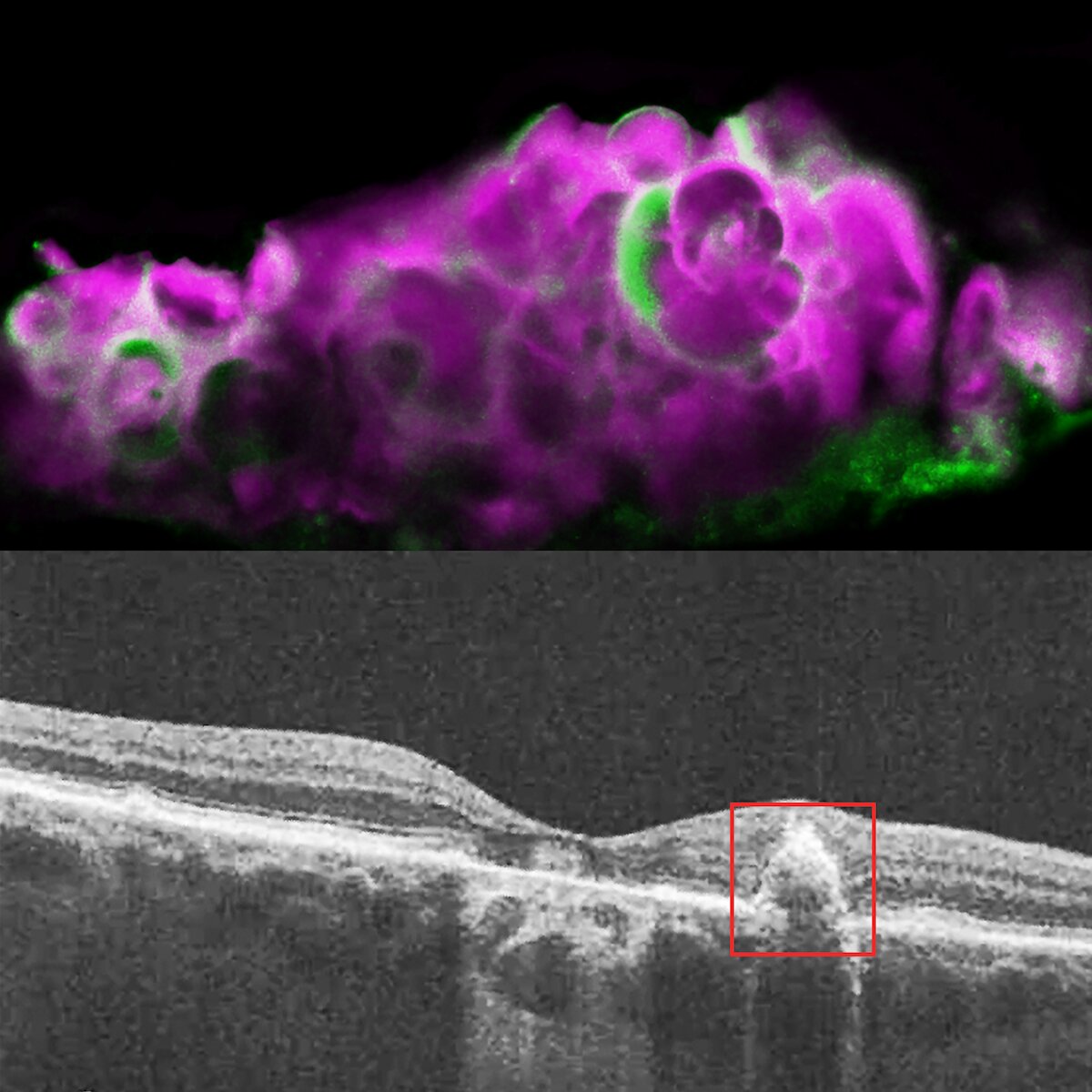
In a condition called asteroides hyalosis, calcium deposits are found in the vitreous body, the gel that fills the eye. These little deposits floating in the vitreous gel look striking to the examining physician because they usually reflect brightly against the light of the instrument used to see the internal part of the eye. These white dots rarely cause visual problems — they are not normally seen in the course of daily activities. Sometimes patients may refer to “floaters” in the involved eye, meaning that they can actually see some of the deposits moving in the visual field, especially in clear environments, such as a blue sky on a sunny day. Still, in most cases, these deposits don’t cause any symptoms.
Q2. I wear gas-permeable contact lenses, and I have mucus buildup under my eyelids. How do I remove the mucus? I have already tried eyedrops and allergy drops.
Mucus associated with the use of rigid gas-permeable contact lenses may have many causes.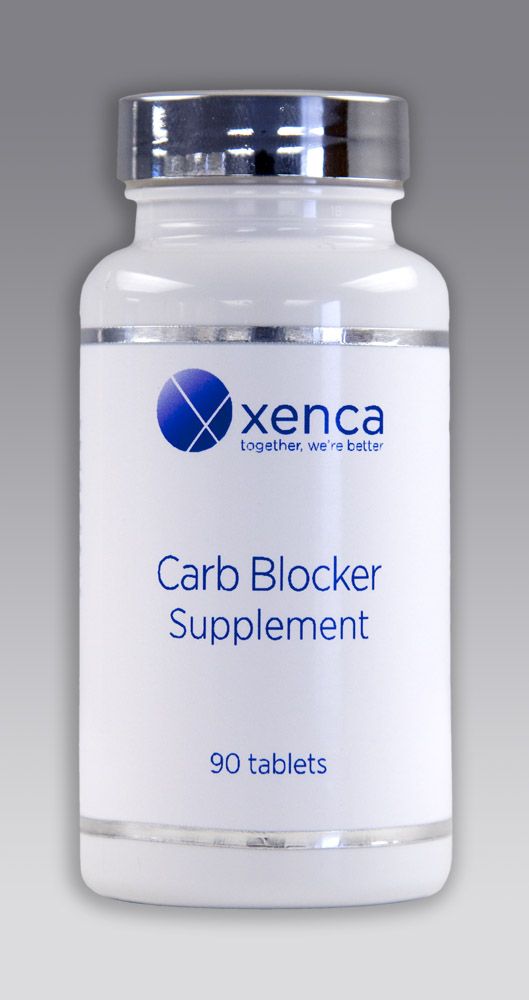 One is the accumulation over time of deposits on the lenses themselves. If the contacts are old (over a year of continued use), it may be a good idea to replace them with fresh ones. Often, particular patients are especially prone to deposits on their contacts and should be evaluated every three to six months to determine whether a more frequent change of contacts is required. Another problem might involve the cleaning solution, which can trigger reactions in sensitive eyes. If this is the case, changing the cleaning solution may be helpful. Some patients develop allergies to one or more ingredients in cleaning solutions (for example, thimerosal), and this may induce a permanent condition of mucus buildup and red eyes. An easy way to overcome this problem is to use thimerosal-free cleaners. In your case, the best approach would be to find out what is causing the increased mucus production instead of “blocking” the normal reaction with medications (allergy drops and eyedrops). So try changing your solution or getting new lenses.
One is the accumulation over time of deposits on the lenses themselves. If the contacts are old (over a year of continued use), it may be a good idea to replace them with fresh ones. Often, particular patients are especially prone to deposits on their contacts and should be evaluated every three to six months to determine whether a more frequent change of contacts is required. Another problem might involve the cleaning solution, which can trigger reactions in sensitive eyes. If this is the case, changing the cleaning solution may be helpful. Some patients develop allergies to one or more ingredients in cleaning solutions (for example, thimerosal), and this may induce a permanent condition of mucus buildup and red eyes. An easy way to overcome this problem is to use thimerosal-free cleaners. In your case, the best approach would be to find out what is causing the increased mucus production instead of “blocking” the normal reaction with medications (allergy drops and eyedrops). So try changing your solution or getting new lenses.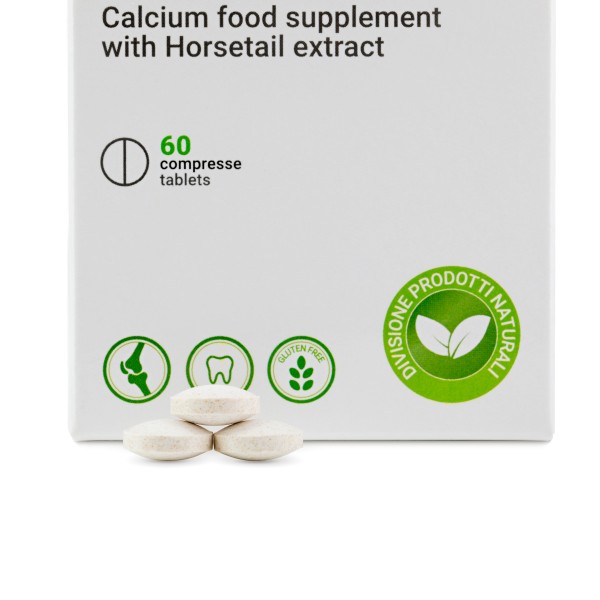 If neither approach works, see your ophthalmologist to get help in finding a solution.
If neither approach works, see your ophthalmologist to get help in finding a solution.
Learn more in the Everyday Health Vision Center.
What Are Calcium Deposits In The Eye?
Some medical problems associated with hypocalcemia include hypothyroidism, hypoparathyroidism, cancers, and kidney disease.
But why do we care about Calcium in the eyes?
The eyes are a doctor’s gateway into the human body as the eyes are the only part of the body we can look into without requiring surgery. With a careful dilated fundus exam, eye doctors look at the retina and its blood vessels.
The health of blood vessels can tell eye doctors a lot about your overall systemic health.
In a person suffering from hypocalcemia, your eye doctor may see papilledema, optic neuritis, or early onset cataracts.
The exact physiology of why these findings occur is still being researched. However, eye doctors are educated on signs and symptoms of hypocalcemia and will be able to refer you for appropriate testing if one of these signs are seen within the eye.
Problems Associated with Too Much Calcium in the Eye (Hypercalcemia)
Hypercalcemia problems are a little more commonly seen than hypocalcemia problems.
Hypercalcemia occurs when there is too much calcium in the body. When the bones cannot hold any more calcium in storage or when vitamin D is not telling the bones to absorb calcium, calcium is left to float around throughout the body and deposit itself in random places.
This can occur due to a systemic disease such as hyperparathyroidism, cancer, tuberculosis, kidney failure, or sarcoidosis. However, it can also occur secondary to the aging process or from having extended periods of inactivity.
Thinking about the anatomy discussed earlier, remember that the bones store calcium, and vitamin D is needed to take the calcium we consume and absorb it into the bones for storage.
During extended periods of inactivity—think about someone who broke their leg and is sitting on the couch all day for a couple months—we are not using our muscles like we normally would. Therefore, we can have too much calcium floating around and the body needs to find a place to put it.
Therefore, we can have too much calcium floating around and the body needs to find a place to put it.
Similarly, hypercalcemia can also be seen as we age. As we get older, things start to hurt more than they used to. Many individuals are not quite as active as they used to be, and understandably so, it is hard!
However, if you are consuming more calcium than the body can store, or if you are not consuming enough vitamin D (remember we need vitamin D to absorb the calcium we eat), we can get excessive calcium in the blood.
One of the most common places for excess calcium to deposit itself in is the eye.
Calcium can ball up into little beads called concretions and sit in our inner eyelids. Most people are not bothered by these concretions, but if they get large enough they can irritate the eye. Think about a little hard pinpoint-size calcium ball stuck in your inner eyelid—it would be irritating!
Usually nothing is needed to be done about these findings. If you’re not irritated by them there really is no need to remove them. Many individuals have these and do not even know it! However, if you have one extremely annoying one, your local eye doctor will be able to remove it safely.
If you’re not irritated by them there really is no need to remove them. Many individuals have these and do not even know it! However, if you have one extremely annoying one, your local eye doctor will be able to remove it safely.
Major cause of blindness linked to calcium deposits in the eye — ScienceDaily
Microscopic spheres of calcium phosphate have been linked to the development of age-related macular degeneration (AMD), a major cause of blindness, by UCL-led research.
AMD affects 1 in 5 people over 75, causing their vision to slowly deteriorate, but the cause of the most common form of the disease remains a mystery.* The ability to spot the disease early and reliably halt its progression would improve the lives of millions, but this is simply not possible with current knowledge and techniques.
The latest research, published in Proceedings of the National Academy of Sciences, has implicated tiny spheres of mineralised calcium phosphate, ‘hydroxylapatite’, in AMD progression. This not only offers a possible explanation for how AMD develops, but also opens up new ways to diagnose and treat the disease.
This not only offers a possible explanation for how AMD develops, but also opens up new ways to diagnose and treat the disease.
AMD is characterised by a build-up of mainly protein and fat containing deposits called ‘drusen’ in the retina, which can prevent essential nutrients from reaching the eye’s light-sensitive cells, ‘photoreceptors’. Photoreceptors are regularly recycled by cellular processes, creating waste products, but drusen can trap this ‘junk’ inside the retina, worsening the build-up. Until now, nobody understood how drusen formed and grew to clinically relevant size.
The new study shows that tiny calcium-based hydroxyapatite, commonly found in bones and teeth, could explain the origin of drusen. The researchers believe that these spheres attract proteins and fats to their surface, which build up over years to form drusen. Through post-mortem examination of 30 eyes from donors between 43 and 96 years old, the researchers used fluorescent dyes to identify the tiny spheres, just a few microns — thousandths of a millimetre — across.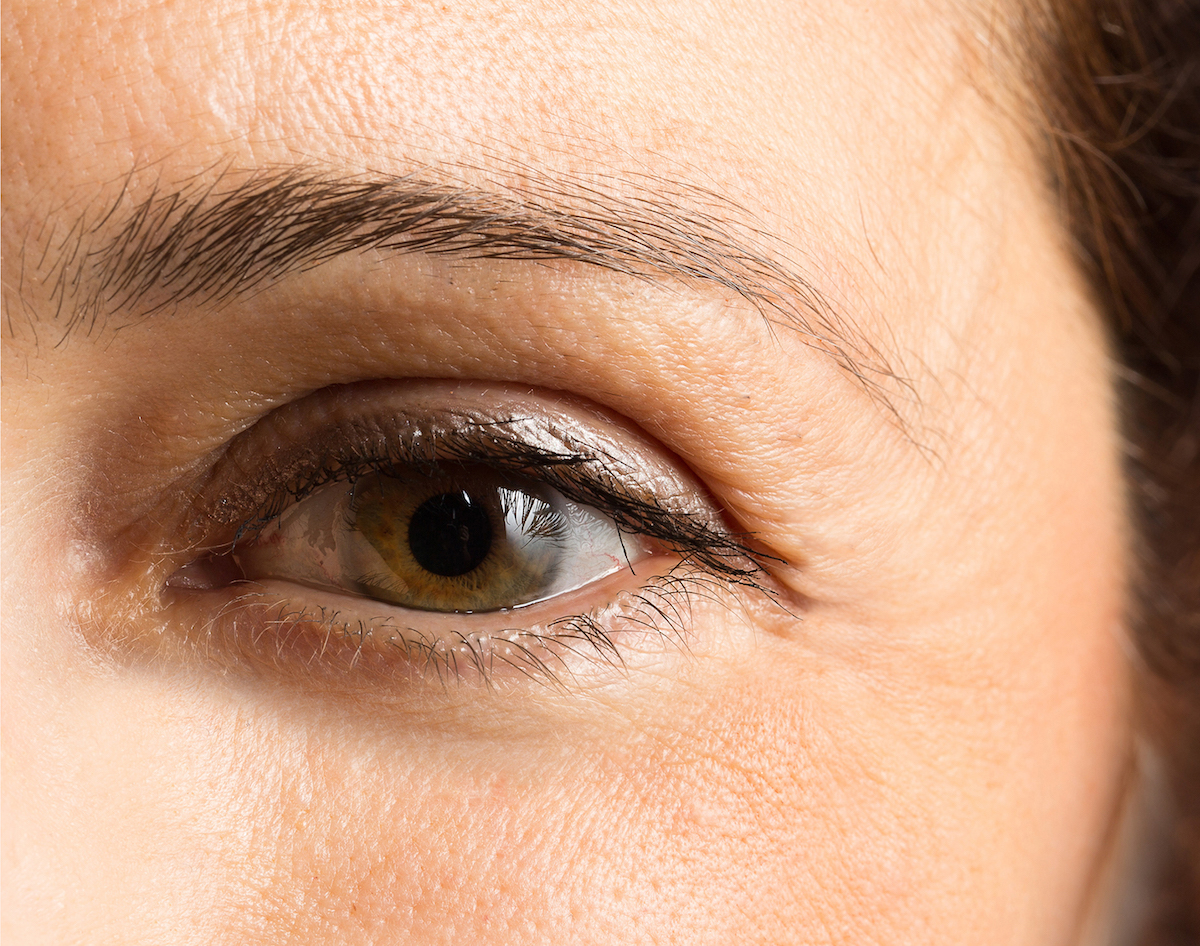
“We found these miniscule hollow spheres inside all of the eyes and all the deposits that we examined, from donors with and without AMD,” explains Dr Imre Lengyel, Senior Research Fellow at the UCL Institute of Ophthalmology and Honorary Research Fellow at Moorfields Eye Hospital, who led the study. “Eyes with more of these spheres contained more drusen. The spheres appear long before drusen become visible on clinical examination.
“The fluorescent labelling technique that we used can identify the early signs of drusen build-up long before they become visible with current methods. The dyes that we used should be compatible with existing diagnostic machines. If we could develop a safe way of getting these dyes into the eye, we could advance AMD diagnoses by a decade or more and could follow early progression more precisely.”
Some of the mineral spheres identified in the eye samples were coated with amyloid beta, which is linked to Alzheimer’s disease. If a technique were developed to identify these spheres for AMD diagnosis, it may also aid early diagnosis of Alzheimer’s. Whether these spheres are a cause or symptom of AMD is still unclear, but their diagnostic value is significant either way. As drusen are hallmarks of AMD, then strategies to prevent build-up could potentially stop AMD from developing altogether.
Whether these spheres are a cause or symptom of AMD is still unclear, but their diagnostic value is significant either way. As drusen are hallmarks of AMD, then strategies to prevent build-up could potentially stop AMD from developing altogether.
“The calcium-based spheres are made up of the same compound that gives teeth and bone their strength, so removal may not be an option,” says Dr Lengyel. “However, if we could get to the spheres before the fat and protein build-up, we could prevent further growth. This can already be done in the lab, but much more work is needed before this could be translated into patients.”
“Our discovery opens up an exciting new avenue of scientific research into potential new diagnostics and treatments, but this is only the beginning of a long road.” says Dr Richard Thompson, the main international collaborator from the University of Maryland School of Medicine, USA.
The work was supported by the Bill Brown Charitable Trust, Moorfields Eye Hospital, Mercer Fund from Fight for Sight, and the Bright Focus Foundation. The UCL-led international collaboration involved researchers from the University of Maryland School of Medicine, Imperial College London, the University of Tübingen, George Mason University, Fairfax, and the University of Chicago.
The UCL-led international collaboration involved researchers from the University of Maryland School of Medicine, Imperial College London, the University of Tübingen, George Mason University, Fairfax, and the University of Chicago.
*A minority (10%) of cases are ‘wet’ AMD, which is caused by leaking blood vessels and can sometimes be treated with eye injections. The majority (90%) of cases are ‘dry’ AMD, whose cause remains a mystery and for which there are no reliable treatments.
Removal of calcific band keratopathy without ethylenediaminetetraacetic acid (EDTA) in eyes with limited visual potential
Clin Ophthalmol. 2018; 12: 1895–1899.
Carson R Bee
1Department of Ophthalmology, Froedtert and the Medical College of Wisconsin, Milwaukee, WI, USA, ude.wcm@gineoks
Lisa R Koenig
2Weill Cornell Medical College, New York, NY, USA
Eileen S Hwang
1Department of Ophthalmology, Froedtert and the Medical College of Wisconsin, Milwaukee, WI, USA, ude. wcm@gineoks
wcm@gineoks
Steven B Koenig
1Department of Ophthalmology, Froedtert and the Medical College of Wisconsin, Milwaukee, WI, USA, ude.wcm@gineoks
1Department of Ophthalmology, Froedtert and the Medical College of Wisconsin, Milwaukee, WI, USA, ude.wcm@gineoks
2Weill Cornell Medical College, New York, NY, USA
Correspondence: Steven B Koenig, Froedtert and the Medical College of Wisconsin, 925 North 87th Street, Milwaukee, WI 53226, USA, Tel +1 414 955 2020, Fax +1 414 955 6300, Email ude.wcm@gineoksCopyright © 2018 Bee et al. This work is published and licensed by Dove Medical Press LimitedThe full terms of this license are available at https://www.dovepress.com/terms.php and incorporate the Creative Commons Attribution – Non Commercial (unported, v3.0) License (http://creativecommons.org/licenses/by-nc/3.0/). By accessing the work you hereby accept the Terms. Non-commercial uses of the work are permitted without any further permission from Dove Medical Press Limited, provided the work is properly attributed.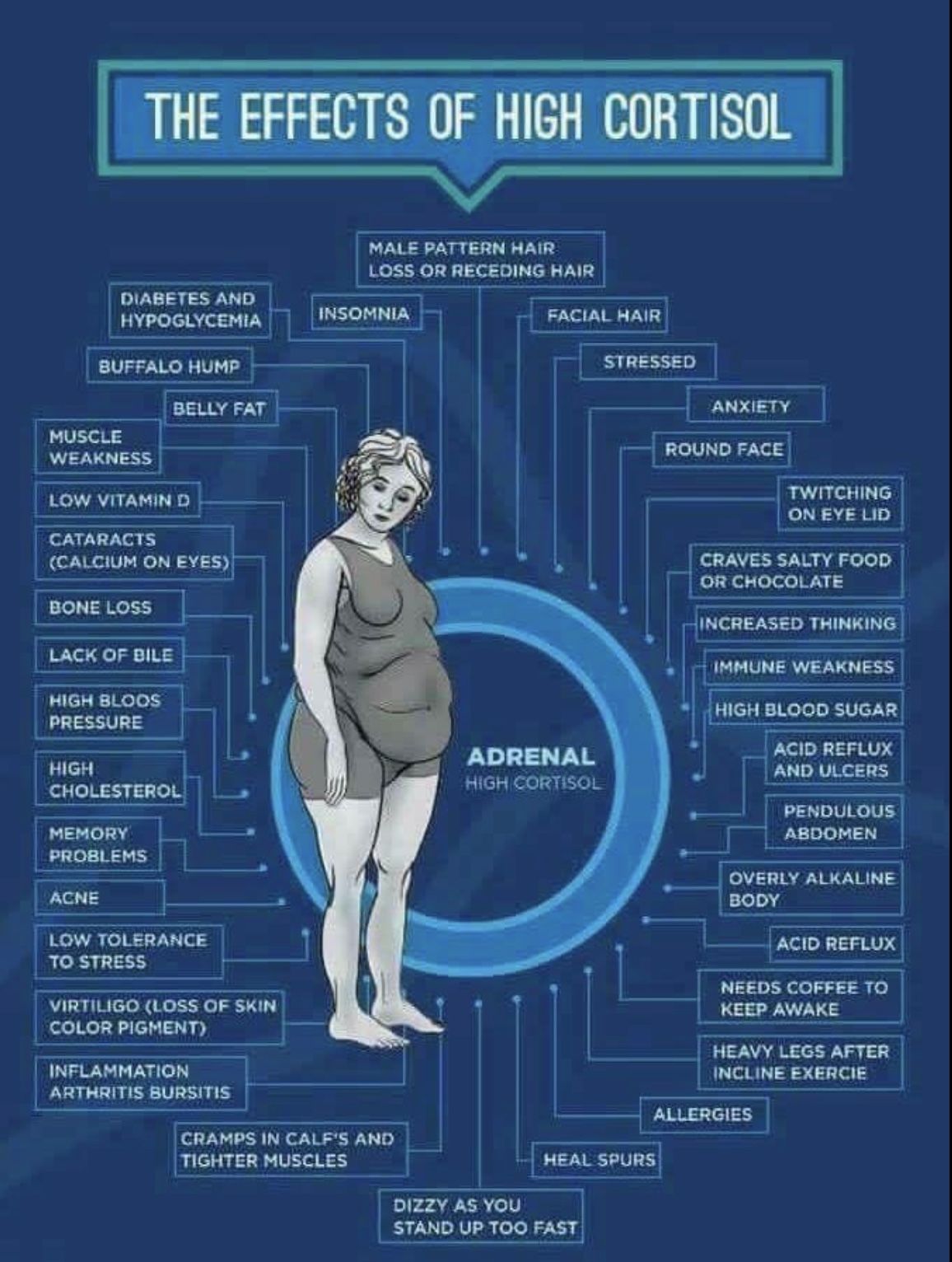
- Supplementary Materials
- Video S1 Video demonstrating the technique for treatment of calcific band keratopathy with a diamond-dusted burr without ethylenediaminetetraacetic acid.
GUID: F835D39B-E85B-486D-A061-FD15FF26AF76
Abstract
Purpose
Treatment of calcific band keratopathy (CBK) is commonly performed with ethylenediaminetetraacetic acid (EDTA), but EDTA has become more difficult to obtain. This paper describes a technique for treating CBK using a diamond-dusted burr without EDTA in eyes with limited visual potential.
Patients and methods
In this paper, we provide detailed instructions on how to perform the surgical technique for treating CBK, along with a surgical video. We performed a retrospective review of consecutive patients with clinically significant CBK who underwent this procedure from December 2012 to July 2015.
Results
Seven eyes of six patients were included for analysis. Preoperatively, all patients suffered from ocular discomfort. All eyes had poor preoperative visual acuity due to non-corneal ocular disease. The most common causes of CBK in this series were retinopathy of prematurity (three eyes) and chronic uveitis (two eyes). Postoperatively, all patients reported partial or complete relief of discomfort. The length of follow-up ranged from 15 days to 31 months. Two eyes experienced recurrence of CBK. This occurred at 4 and 28 months after treatment.
All eyes had poor preoperative visual acuity due to non-corneal ocular disease. The most common causes of CBK in this series were retinopathy of prematurity (three eyes) and chronic uveitis (two eyes). Postoperatively, all patients reported partial or complete relief of discomfort. The length of follow-up ranged from 15 days to 31 months. Two eyes experienced recurrence of CBK. This occurred at 4 and 28 months after treatment.
Conclusion
The diamond-dusted burr can easily and effectively remove the corneal epithelium and underlying calcium deposits. Therefore, it may be used to effectively treat discomfort from CBK.
Keywords: diamond-dusted burr, superficial keratectomy, corneal epithelial debridement, chelation
Introduction
In calcific band keratopathy (CBK), calcium accumulates in the superficial layers of the cornea in the interpalpebral fissure zone, most often due to chronic ocular inflammation or systemic hypercalcemia.1,2 The calcium deposits cause pain, foreign body sensation, and decreased visual acuity.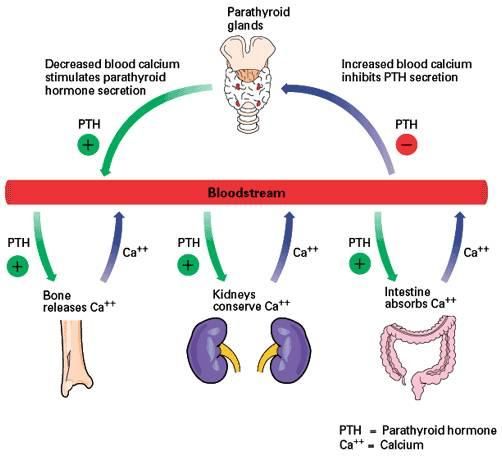 The most common methods for removing the calcium deposits are mechanical debridement with a blade, chemical chelation with ethylenediaminetetraacetic acid (EDTA), and phototherapeutic keratectomy.
The most common methods for removing the calcium deposits are mechanical debridement with a blade, chemical chelation with ethylenediaminetetraacetic acid (EDTA), and phototherapeutic keratectomy.
Manual debridement of CBK by scraping with a blade is effective but can lead to an irregular corneal surface.3,4 Chelation with EDTA works by sequestering calcium and softening the deposits. Subsequent mechanical debridement is often required, but this method results in a smoother corneal surface. Chelation with EDTA is currently the most popular treatment for CBK, but EDTA recently ceased to be commercially available in the US. Another option for CBK treatment is phototherapeutic keratectomy, in which the superficial cornea is ablated with an excimer laser, but this method is costly and can cause refractive shifts. Even so, this method may be preferred for eyes with good visual potential. In this paper, we present a method for debridement of CBK with a diamond-dusted burr without EDTA.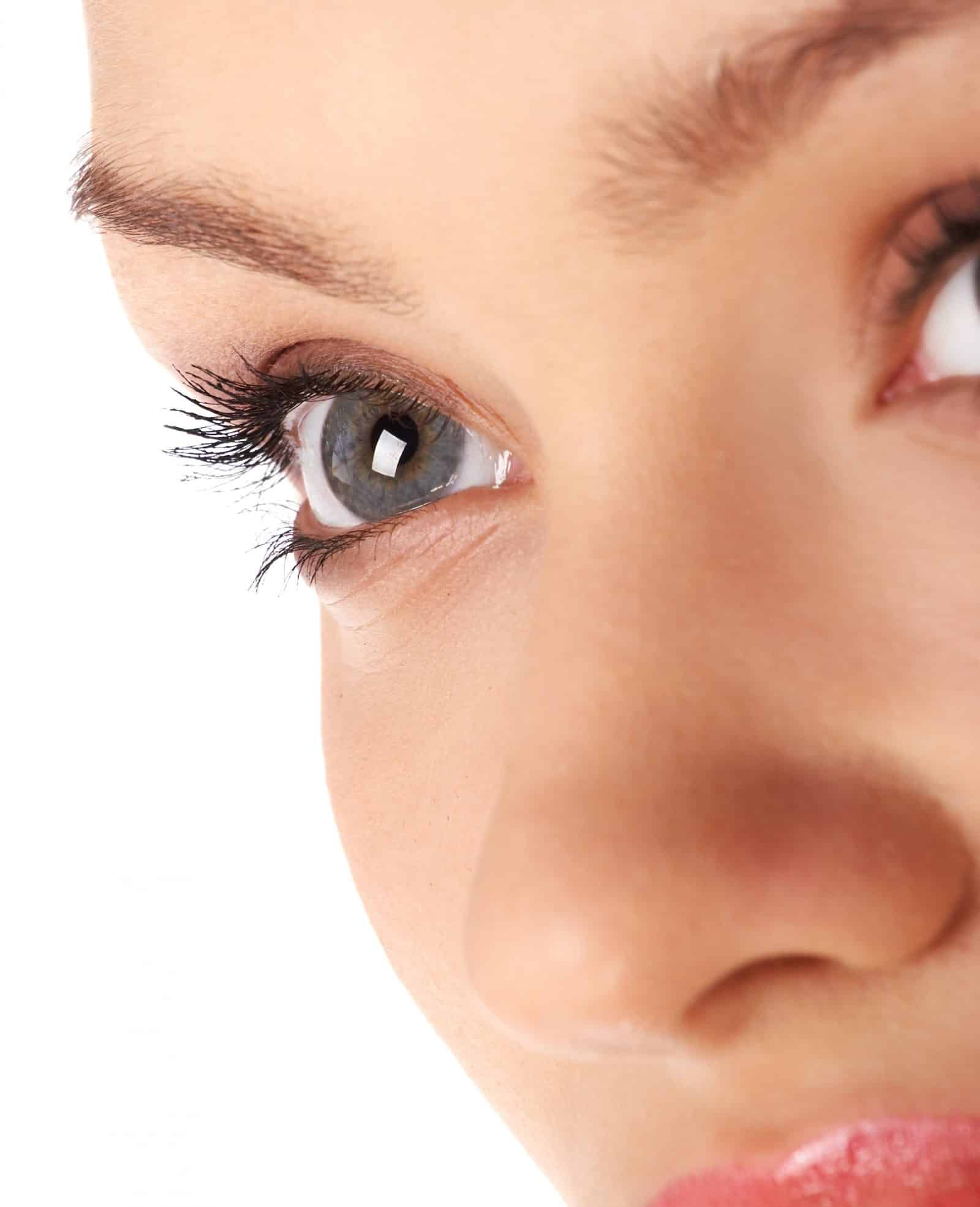 We provide the results of seven consecutive eyes with limited visual potential treated by this simple, quick, and inexpensive technique.
We provide the results of seven consecutive eyes with limited visual potential treated by this simple, quick, and inexpensive technique.
Methods
Chart review
A retrospective chart review was conducted in accordance with the tenets of the Declaration of Helsinki. A waiver of informed consent and the study were approved by the Institutional Review Board of Medical College of Wisconsin. Using a computerized database, we searched for de-identified records of patients with a diagnosis of CBK who were evaluated at the Froedtert Eye Institute, Milwaukee, WI, between December 2012 and July 2015. We identified seven consecutive eyes that underwent CBK treatment with a diamond-dusted burr without EDTA. The procedure was performed by a single surgeon (SBK) using the standard technique as described below. Visual acuities were noted at the clinic visit preceding surgery (preoperative visual acuity) and at the last clinic visit (final visual acuity). Patients were noted to have symptomatic relief if they described improved eye comfort at any postoperative clinic visit. Recurrence was defined as increased calcium deposits on slit lamp examination by the surgeon.
Recurrence was defined as increased calcium deposits on slit lamp examination by the surgeon.
Results
Description of surgical technique
The procedure may be performed at a slit lamp or in a minor surgical suite using a portable microscope under topical anesthesia with 0.5% proparacaine. The eye is prepped with 10% povidone iodine and draped with a small pre-cut aperture plastic drape (style 1020; 3M, Maplewood, MN, USA). After placing a Nevyas Drape Retractor (Wilson Ophthalmics, Mustang, OK, USA), a thin wire Barraquer speculum is used to separate the lids. In eyes with markedly elevated calcific plaques, a #69 Beaver blade (Beaver Visitec, Waltham, MA, USA) may be used first to debulk the calcific deposits. This blade may also be used to debride the corneal epithelium overlying the calcific band, although this is not necessary. Using the battery-powered reusable 5.0 mm diamond-dusted burr (Ophtho-Burr®; Beaver Visitec), the surgeon applies gentle and even pressure to the cornea in either a rotary or a back-and-forth manner until the calcium is removed ( and Video S1).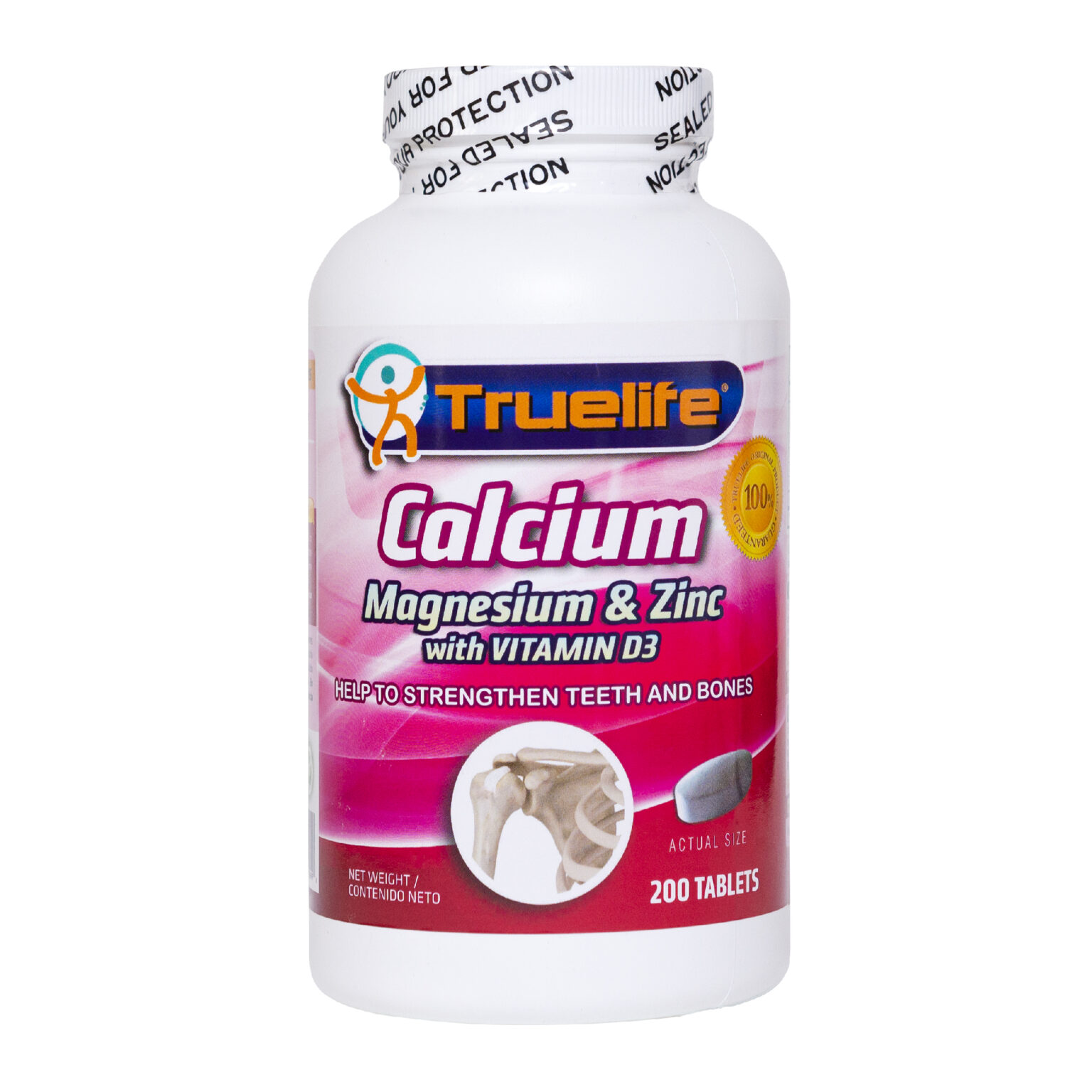 It is important that excessive pressure is not applied to a single location to avoid creating a thin area and to “feather” the edges of the treatment zone to provide a gradual transition to healthy cornea. The cornea is lubricated with balanced salt solution at about one drop per second during the debridement. The debridement using the burr takes about 5 minutes. The remaining corneal epithelial defect is managed with a bandage soft contact lens, and Maxitrol ointment (neosporin, polymyxin B, and dexamethasone; Alcon, Fort Worth, TX, USA) is applied four times daily for 1 week. The bandage soft contact lens is typically removed after 1 week, and patients are treated with topical prednisolone acetate 1% drops tapered over a month.
It is important that excessive pressure is not applied to a single location to avoid creating a thin area and to “feather” the edges of the treatment zone to provide a gradual transition to healthy cornea. The cornea is lubricated with balanced salt solution at about one drop per second during the debridement. The debridement using the burr takes about 5 minutes. The remaining corneal epithelial defect is managed with a bandage soft contact lens, and Maxitrol ointment (neosporin, polymyxin B, and dexamethasone; Alcon, Fort Worth, TX, USA) is applied four times daily for 1 week. The bandage soft contact lens is typically removed after 1 week, and patients are treated with topical prednisolone acetate 1% drops tapered over a month.
Appearance before (A) and after (B) treatment of calcific band keratopathy with a diamond-dusted burr without ethylenediaminetetraacetic acid.
Patient characteristics
Seven eyes from six patients were included for analysis ().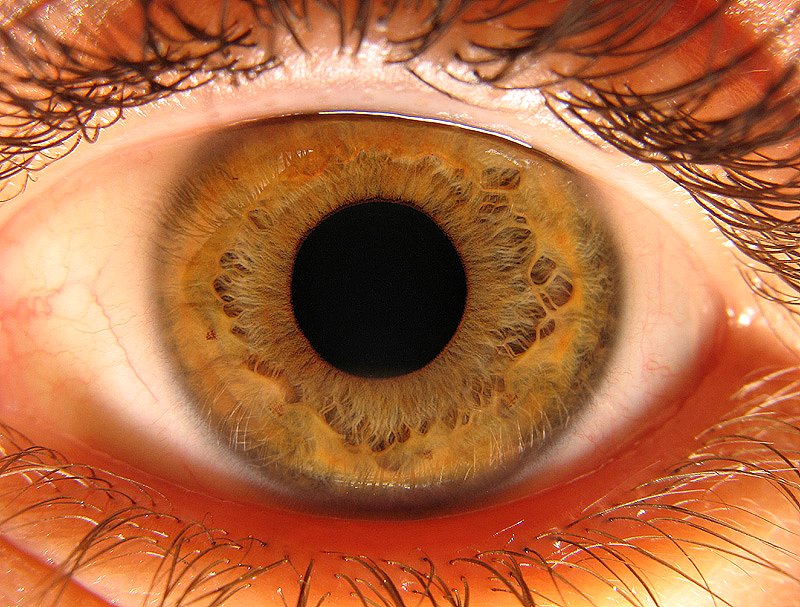 Preoperatively, all patients suffered from discomfort in the eye that underwent the procedure. All eyes had poor preoperative visual acuity due to non-corneal ocular disease. The average age was 22 years. The most common causes of CBK in this series were retinopathy of prematurity (three eyes) followed by chronic uveitis (two eyes). Postoperatively, all the patients reported partial or complete symptomatic relief.
Preoperatively, all patients suffered from discomfort in the eye that underwent the procedure. All eyes had poor preoperative visual acuity due to non-corneal ocular disease. The average age was 22 years. The most common causes of CBK in this series were retinopathy of prematurity (three eyes) followed by chronic uveitis (two eyes). Postoperatively, all the patients reported partial or complete symptomatic relief.
Table 1
Preoperative and postoperative characteristics of eyes that underwent treatment of calcific band keratopathy with a diamond-dusted burr without EDTA
| Subject | Age (years) | Sex | Etiology | Preoperative visual acuity | Final visual acuity | Follow-up (months) | Symptomatic relief | Recurrence |
|---|---|---|---|---|---|---|---|---|
| 1 | 51 | M | Proliferative diabetic retinopathy | NLP | NLP | 30 | Yes | Yes, at 28 months |
| 2 | 33 | F | Chronic uveitis | 20/200 | HM | 11 | Yes | Yes, at 4 months |
| 3 | 11 | M | Retinopathy of prematurity | HM | CF | 8 | Yes | No |
| 4 | 11 | M | Retinopathy of prematurity | LP | LP | 1 | Yes | No |
| 5 | 10 | M | Chronic uveitis | 20/200 | 20/400 | 16 | Yes | No |
| 6 | 19 | M | Retinopathy of prematurity | 20/200 | 20/400 | 0. 5 5 | Yes | No |
| 7 | 15 | M | Acute retinal necrosis | LP | LP | 16 | Yes | No |
Postoperative results
The length of follow-up ranged from 15 days to 31 months (mean 12 months). At the last available follow-up visit, visual acuity improved in one eye, remained the same in three eyes, and worsened in three eyes. The primary cause of decreased visual acuity in all three cases was progression of non-corneal ocular disease. No complications occurred during surgery, and no complications were noted during long-term follow-up. Two eyes experienced recurrence of CBK. The recurrence episodes occurred at 4 and 28 months after treatment.
No complications occurred during surgery, and no complications were noted during long-term follow-up. Two eyes experienced recurrence of CBK. The recurrence episodes occurred at 4 and 28 months after treatment.
Discussion
CBK results from the deposition of calcium salts in the Bowman’s layer and superficial corneal stroma.1 Opacification of the central cornea causes loss of vision and glare, while elevated calcific plaques may contribute to pain, foreign body sensation, photophobia, and tearing.2
The current options for treatment of CBK include scraping with a blade, chelation with EDTA, and phototherapeutic keratectomy. However, each of these methods has limitations. One major new limitation is that EDTA is no longer commercially available in the US, so surgeons must acquire EDTA from a compounding pharmacy.
This paper describes the use of a hand-held battery-powered diamond-dusted burr to treat CBK without using EDTA. Bokosky et al described treating CBK using a Fisch power-driven drill with a 5 mm diamond-dusted tip together with EDTA chelation.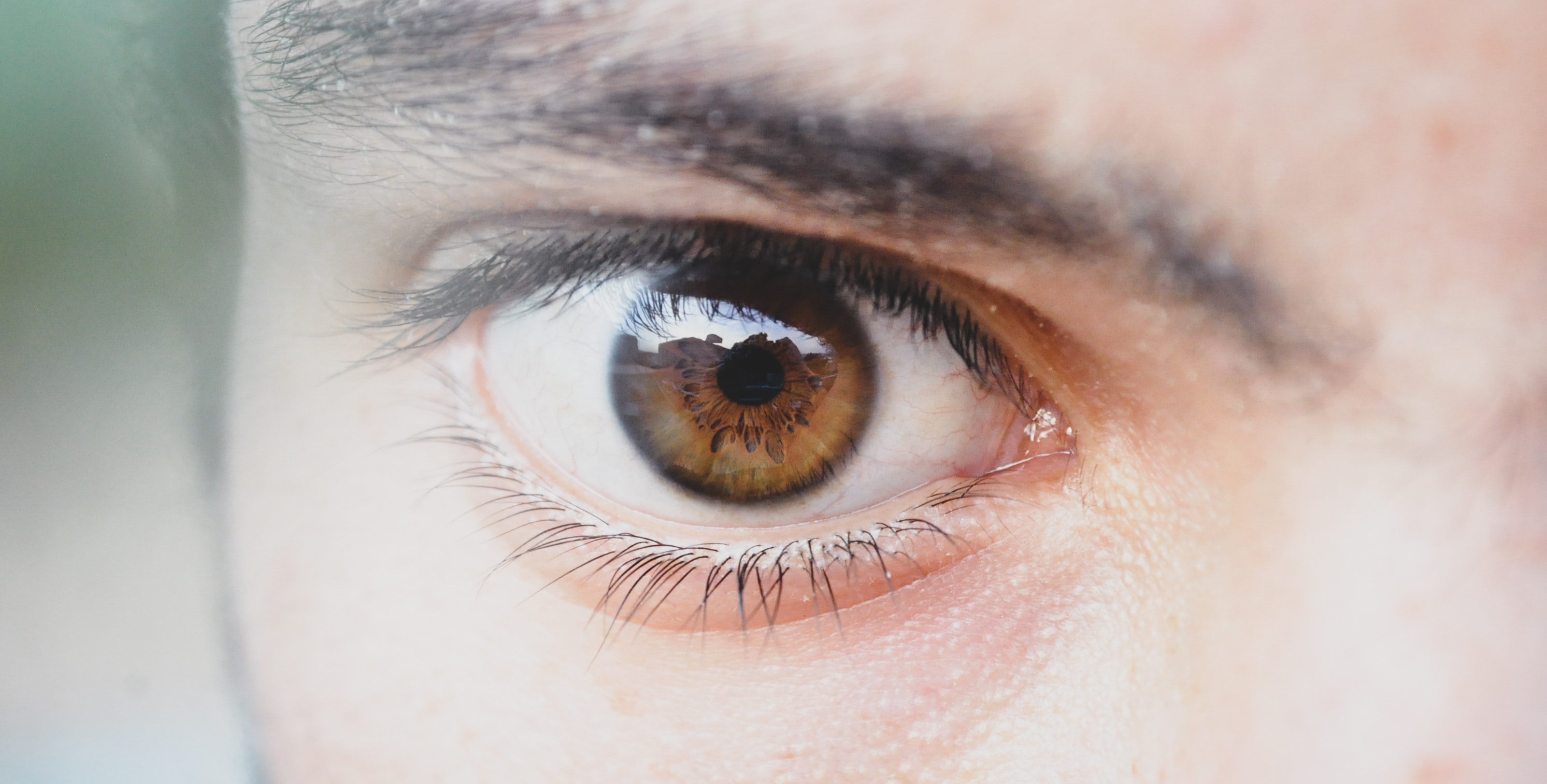 5 McGrath and Lee described debridement with a blade, needle, microsponge, and/or diamond-dusted burr without using EDTA for a variety of conditions, including band keratopathy.6 We confirm McGrath and Lee’s findings that EDTA is not needed to treat band keratopathy, and specifically highlight the use of the diamond-dusted burr. The diamond-dusted burr is inexpensive, highly portable, and unlikely to cause significant stromal thinning or perforation. We describe seven cases of successful relief of pain and foreign body sensation due to extensive CBK in eyes with poor visual potential. In these eyes, there is no expectation of improved vision, minimal concern about stromal thinning, and no reliable means of assessing preoperative topography or pachymetry due to the dense, elevated calcium deposits. For eyes with good visual potential, phototherapeutic keratectomy may be the best alternative to EDTA for optimal refractive outcomes.
5 McGrath and Lee described debridement with a blade, needle, microsponge, and/or diamond-dusted burr without using EDTA for a variety of conditions, including band keratopathy.6 We confirm McGrath and Lee’s findings that EDTA is not needed to treat band keratopathy, and specifically highlight the use of the diamond-dusted burr. The diamond-dusted burr is inexpensive, highly portable, and unlikely to cause significant stromal thinning or perforation. We describe seven cases of successful relief of pain and foreign body sensation due to extensive CBK in eyes with poor visual potential. In these eyes, there is no expectation of improved vision, minimal concern about stromal thinning, and no reliable means of assessing preoperative topography or pachymetry due to the dense, elevated calcium deposits. For eyes with good visual potential, phototherapeutic keratectomy may be the best alternative to EDTA for optimal refractive outcomes.
In patients with elevated calcific plaques, the burr leaves a polished surface, with reduced pain and foreign body sensation.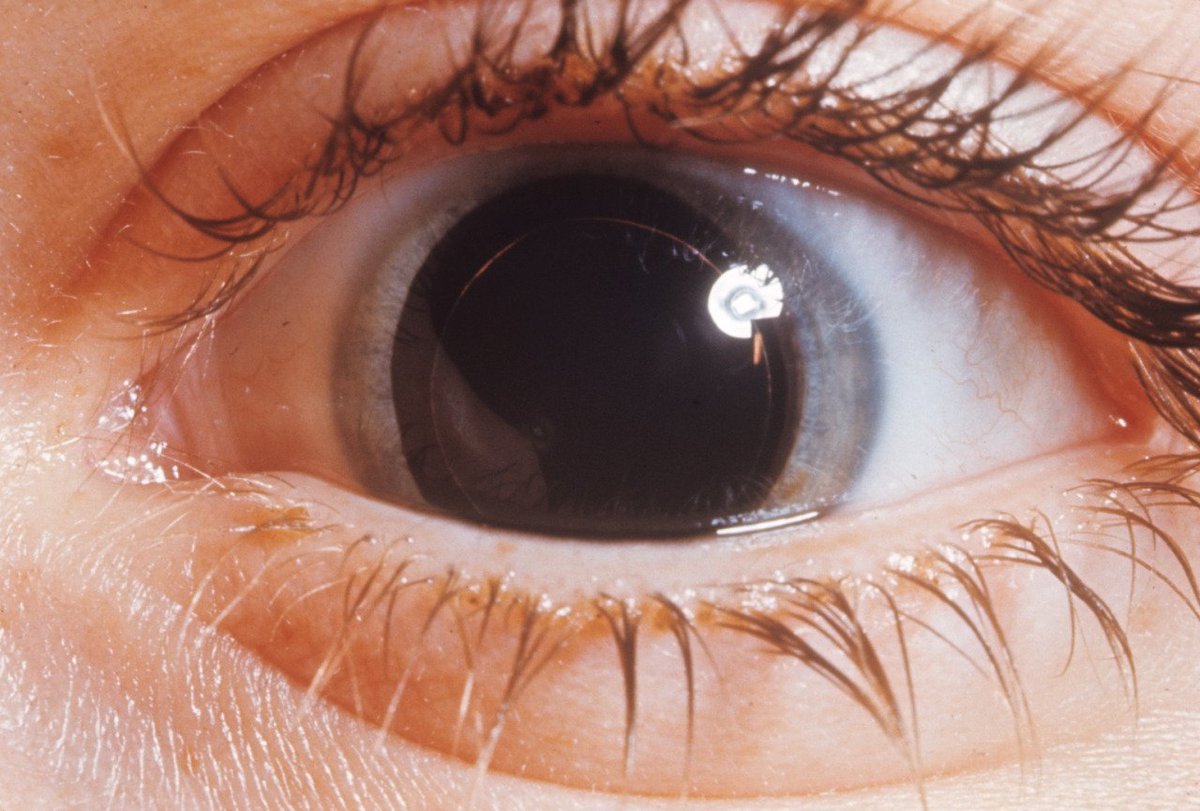 Postoperatively, patients receive a bandage soft contact lens and a combination antibiotic–steroid ointment to reduce foreign body sensation, prevent infection, and promote reepithelialization. Reepithelialization usually occurs within 1–2 weeks, depending upon the size of the residual epithelial defect. Although postoperative infection is a risk of this procedure, there were no cases of infectious keratitis in this series. Two patients experienced recurrence of CBK, which is a known outcome in all the methods of removal. This figure is in line with a recent series that described recurrence in 28% of patients after chelation with EDTA.7 The recurrence interval in our small series treated without EDTA (4 and 28 months) was also grossly similar to the recurrence interval in the large series of patients treated with EDTA (19 months).7 Our practice is to counsel all patients preoperatively that CBK is likely to recur and may require periodic retreatment.
Postoperatively, patients receive a bandage soft contact lens and a combination antibiotic–steroid ointment to reduce foreign body sensation, prevent infection, and promote reepithelialization. Reepithelialization usually occurs within 1–2 weeks, depending upon the size of the residual epithelial defect. Although postoperative infection is a risk of this procedure, there were no cases of infectious keratitis in this series. Two patients experienced recurrence of CBK, which is a known outcome in all the methods of removal. This figure is in line with a recent series that described recurrence in 28% of patients after chelation with EDTA.7 The recurrence interval in our small series treated without EDTA (4 and 28 months) was also grossly similar to the recurrence interval in the large series of patients treated with EDTA (19 months).7 Our practice is to counsel all patients preoperatively that CBK is likely to recur and may require periodic retreatment.
Conclusion
A hand-held battery-powered diamond-dusted burr may be used to remove the calcium deposits without the use of blade or EDTA in patients with CBK. Since EDTA is no longer commercially available, this technique may be useful for eyes with poor visual potential. Future studies are needed with a larger sample size to determine whether this technique effectively relieves discomfort and to assess rates of complications and recurrences.
Since EDTA is no longer commercially available, this technique may be useful for eyes with poor visual potential. Future studies are needed with a larger sample size to determine whether this technique effectively relieves discomfort and to assess rates of complications and recurrences.
Supplementary material
Video S1 Video demonstrating the technique for treatment of calcific band keratopathy with a diamond-dusted burr without ethylenediaminetetraacetic acid.
Acknowledgments
Source of funding: this work was supported by a gift from Doctor Myrna Larson and Doctor Nelson A Moffat and Research to Prevent Blindness.
Footnotes
Disclosure
The authors report no conflicts of interest in this work.
References
1. Jhanji V, Rapuano CJ, Vajpayee RB. Corneal calcific band keratopathy. Curr Opin Ophthalmol. 2011;22(4):283–289. [PubMed] [Google Scholar]2. Najjar DM, Cohen EJ, Rapuano CJ, Laibson PR. EDTA chelation for calcific band keratopathy: results and long-term follow-up.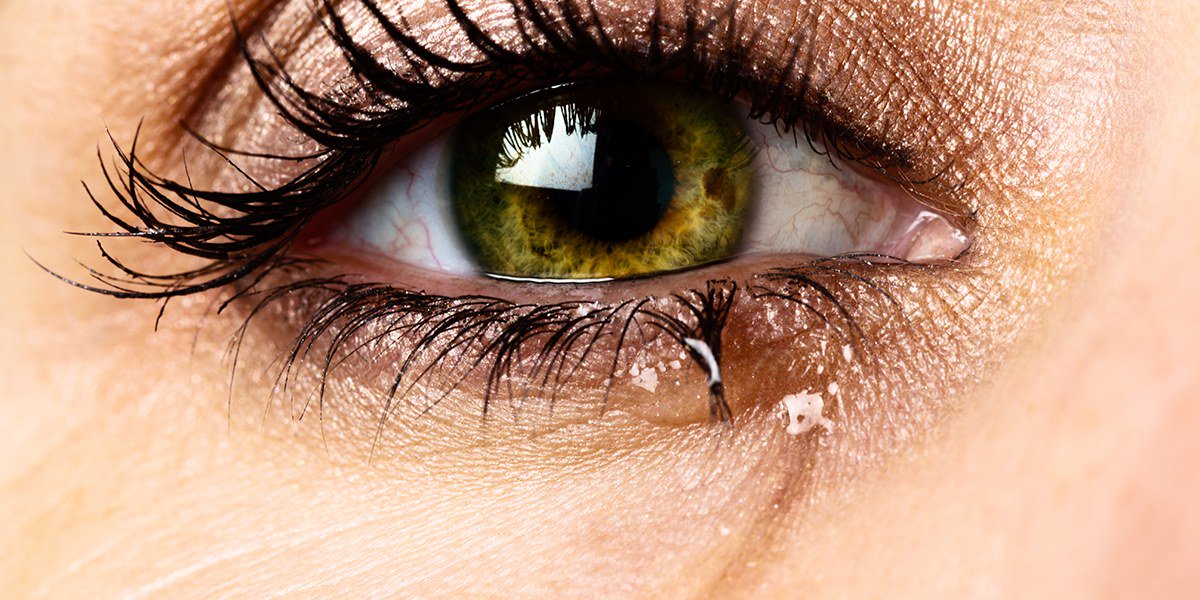 Am J Ophthalmol. 2004;137(6):1056–1064. [PubMed] [Google Scholar]3. Wood TO, Walker GG. Treatment of Band Keratopathy. Am J Ophthalmol. 1975;80(3):553. [Google Scholar]4. Grant WM. New treatment for calcific corneal opacities. AMA Arch Ophthalmol. 1952;48(6):681–685. [PubMed] [Google Scholar]5. Bokosky JE, Meyer RF, Sugar A. Surgical treatment of calcific band keratopathy. Ophthalmic Surg. 1985;16(10):645–647. [PubMed] [Google Scholar]6. McGrath LA, Lee GA. Corneal epithelial debridement for diagnosis and therapy of ocular surface disease. Clin Exp Optom. 2015;98(2):155–159. [PubMed] [Google Scholar]7. Al-Hity A, Ramaesh K, Lockington D. EDTA chelation for symptomatic band keratopathy: results and recurrence. Eye. 2018;32(1):26–31. [PMC free article] [PubMed] [Google Scholar]
Am J Ophthalmol. 2004;137(6):1056–1064. [PubMed] [Google Scholar]3. Wood TO, Walker GG. Treatment of Band Keratopathy. Am J Ophthalmol. 1975;80(3):553. [Google Scholar]4. Grant WM. New treatment for calcific corneal opacities. AMA Arch Ophthalmol. 1952;48(6):681–685. [PubMed] [Google Scholar]5. Bokosky JE, Meyer RF, Sugar A. Surgical treatment of calcific band keratopathy. Ophthalmic Surg. 1985;16(10):645–647. [PubMed] [Google Scholar]6. McGrath LA, Lee GA. Corneal epithelial debridement for diagnosis and therapy of ocular surface disease. Clin Exp Optom. 2015;98(2):155–159. [PubMed] [Google Scholar]7. Al-Hity A, Ramaesh K, Lockington D. EDTA chelation for symptomatic band keratopathy: results and recurrence. Eye. 2018;32(1):26–31. [PMC free article] [PubMed] [Google Scholar]
Eye Mineral Buildup
What Causes Eye Mineral Buildup?
There are several eye conditions that can lead to calcium deposits. The location of the deposits determines if they affect eye function.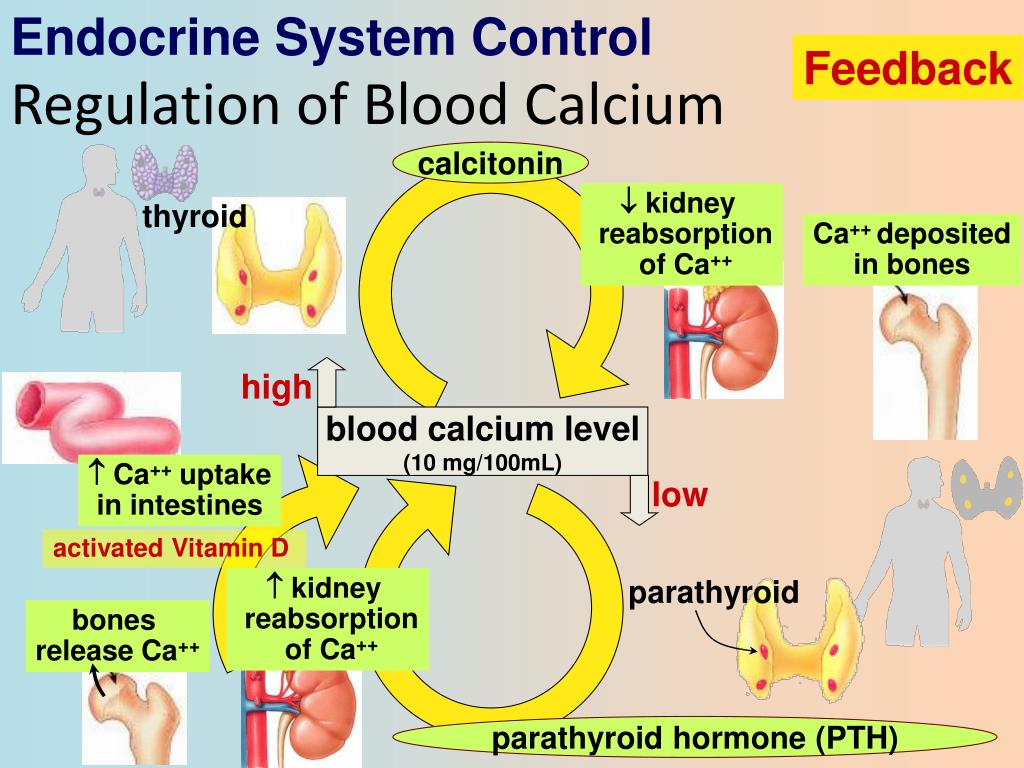 The most common locations for mineral deposits are the vitreous body and cornea. Deposits in the cornea can be mild, but in some cases they may become progressively larger and compromise vision.
The most common locations for mineral deposits are the vitreous body and cornea. Deposits in the cornea can be mild, but in some cases they may become progressively larger and compromise vision.
Band keratopathy is a condition that is the result of renal failure or gout. Those with this condition will have calcium deposits in the cornea due to excess calcium levels in the body. Asteroides hyalosis is a condition where deposits are found in the gel that fills the eye. These can cause “floaters” where deposits can be seen moving in the visual field. In most cases, the calcium deposits from these conditions don’t cause major problems or permanent damage.
Symptoms of Eye Mineral Buildup
Mineral buildup behind or in the eyes can cause a variety of symptoms from benign to more serious. Common symptoms include redness, dryness and a feeling of something being in the eye. In some instances, the eye may water more as it works to clear the debris. Many people with calcium deposits report seeing floaters or in rare cases, cloudy, blurry or obstructed vision.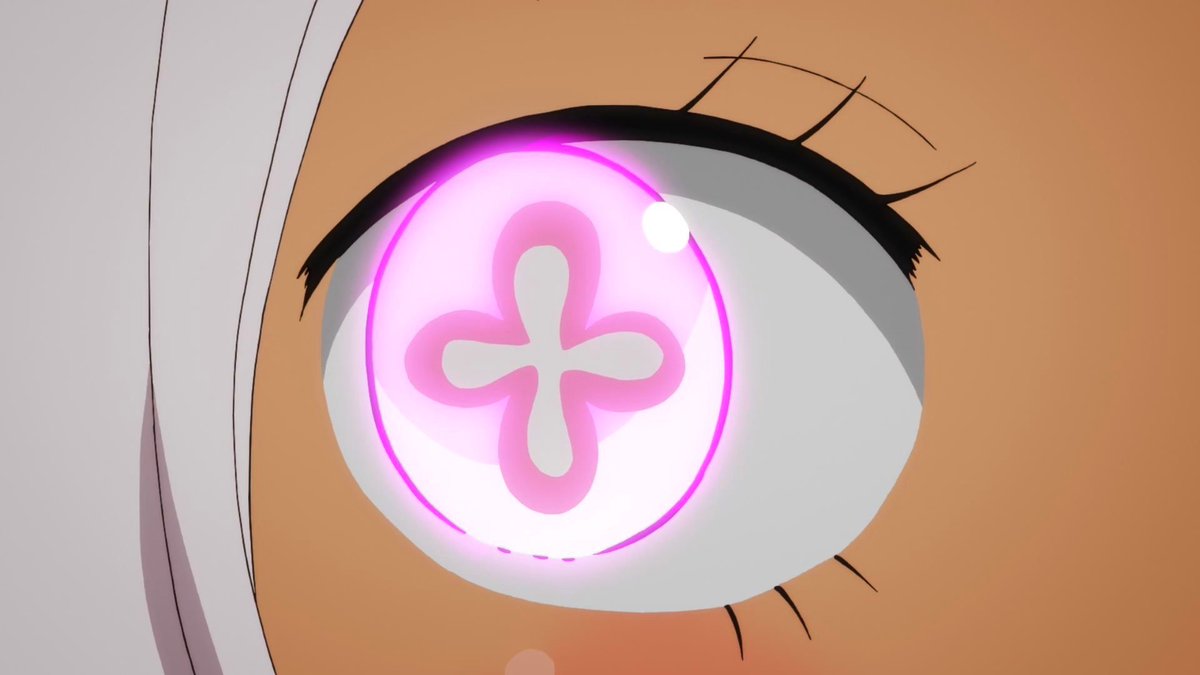
Diagnosing Eye Mineral Buildup
Mineral deposits in the eyes are often detected during routine eye examinations. The deposits gleam and reflect light as it crosses the surface of the eye. Further testing may be done to determine if the deposits are causing vision problems. Once the source of the deposits is determined, an optometrist or ophthalmologist will develop a treatment plan based on the unique needs of the individual.
Help for Eye Mineral Buildup
Treatment will depend upon the underlying conditions causing the mineral buildup. In some people, nutrient deficiencies can cause calcium deposits to develop in the soft tissues of the body, including the eyes. Increasing the amount of magnesium and vitamin K in the diet is a natural way to prevent buildup. In some cases, if deposits are starting to interfere with vision, the ophthalmologist may put a solution in the eye that reduces them and improves vision.
Eye drops or medications may be prescribed to deal with general irritation and inflammation that can be caused by calcium deposits.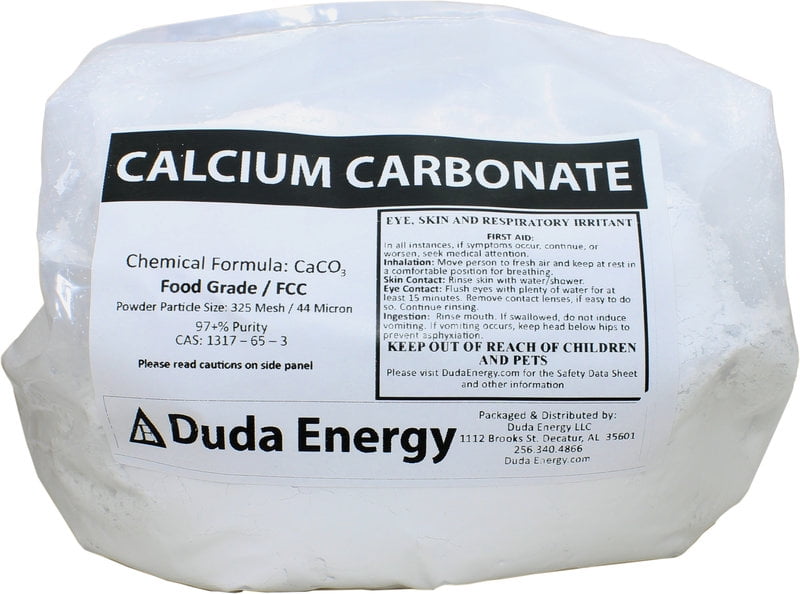 If the deposits are inside the lid or other areas where they can cause pain, anti-inflammatory medications and pain relievers may be used or in some cases surgical removal may be suggested.
If the deposits are inside the lid or other areas where they can cause pain, anti-inflammatory medications and pain relievers may be used or in some cases surgical removal may be suggested.
Many people prefer not to use prescription drops due to potential side effects and choose to seek a safer, natural alternative instead. Homeopathic remedies are 100% safe and side effect free. Red Eye Reducer helps to reduce redness, soothe inflammation, relieve the bloodshot appearance and provide fast-acting relief from itching and burning sensations in the eyes.
Calcium deposits in the eye linked to age-related blindness
Age-related macular degeneration is one of the most common forms of blindness, affecting 1 in every 5 UK citizens over the age of 75.
Age-related macular degeneration is one of the most common forms of blindness, affecting 1 in every 5 UK citizens over the age of 75. There are currently over 500,000 cases, and this number is set to rise to 700,000 by 2020, according to National Health Services.
What is AMD?
AMD causes vision to slowly deteriorate and is most common in older adults. There’s currently no way to detect the onset of the disease early, as researchers don’t have the proper knowledge of the condition.
The disease usually starts when an accumulation of deposits containing protein and fat – called drusen – build up in the retina. These deposits make it impossible for nutrients to reach the light-sensitive cells in the eye called photoreceptors, which create waste as they’re recycled.
Drusen keep the waste from exiting the retina, increasing the build up. This is the first clear understanding physicians have as to how drusen grow in size as people age, but the origins have remained unknown until recently.
Calcium-based spheres linked to AMD
A new study performed by the University College London and published in Proceedings of the National Academy of Sciences discovered a potential explanation for the sudden existence of drusen in the eye. Small calcium-based hydroxyapatite spheres attract proteins and fats to their surfaces. The protein and fat eventually accumulate to form drusen.
Small calcium-based hydroxyapatite spheres attract proteins and fats to their surfaces. The protein and fat eventually accumulate to form drusen.
Researchers performed postmortem assessments of 30 eyes from donors ranging from 43 to 96 years old. To determine where the spheres were located, they used fluorescent dyes. The results showed that some of the spheres were covered in amyloid beta – commonly associated with Alzheimer’s disease. There’s a chance that if scientists could find a method to detect these spheres early, they could not only prevent the onset of AMD, but Alzheimer’s as well.
“The calcium-based spheres are made up of the same compound that gives teeth and bone their strength, so removal may not be an option,” said Imre Lengyel, senior research fellow at the UCL Institute of Ophthalmology. “However, if we could get to the spheres before the fat and protein build up, we could prevent further growth. This can already be done in the lab, but much more work is needed before this could be translated into patients./tear-falling-from-woman-s-eye--close-up-200239461-001-59da598a6f53ba001044eb61.jpg) ”
”
The findings mention that it’s still unknown whether the calcium spheres are a symptom or cause of AMD. Regardless, drusen aren’t only helpful diagnostic tools, but if strategies can be developed to prevent build-up of these deposits, physicians may be able to stop AMD altogether.
At Sunrise Senior Living, we have residential care homes with caregivers who are trained to support residents experiencing blindness and other debilitating diseases. To find a location near you, please select Contact us at the top of this page.
Corneal Dystrophy – Eye Care for Animals
Corneal dystrophy and corneal degeneration are diseases of the cornea characterized by white, opaque mineral (either cholesterol or calcium) deposits within the cornea (the clear front part of the eye). The size, shape, and density of the areas of mineral deposits vary. Although these affected areas can be highly visible, they rarely cause blindness.
Corneal dystrophy may be an inherited trait in several breeds, including the Shetland Sheepdog, Siberian Husky, Beagle, American Cocker Spaniel, Miniature Schnauzer, and Airedale Terrier.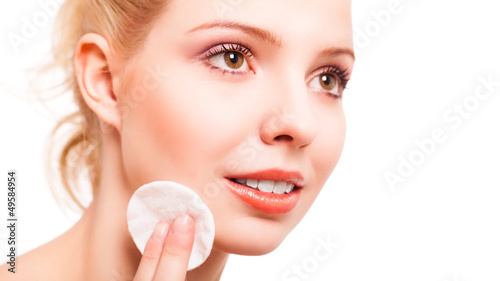 Corneal dystrophy affects both eyes and occurs in dogs of any age. It has been reported to occur in dogs with high levels of cholesterol or calcium in their blood. Routine blood work can be performed to evaluate for these possible changes.
Corneal dystrophy affects both eyes and occurs in dogs of any age. It has been reported to occur in dogs with high levels of cholesterol or calcium in their blood. Routine blood work can be performed to evaluate for these possible changes.
Corneal degeneration can affect one or both eyes, and may occur in areas of the cornea that have suffered a traumatic incident or chronic disease process. It is not an uncommon finding at the center of the cornea in our geriatric patients.
Corneal dystrophy and corneal degeneration can lead to corneal ulcers (superficial to deep), ocular infections, and corneal scarring and vascularization arising from continuous sloughing of the mineral deposits. Severe cases can cause visual impairment.
Treatment
Our goal in treating corneal dystrophy and corneal degeneration with topical medication is to improve the health of normal cells overlying the corneal minerals. We may also treat these diseases through dietary management (low-fat, high-fiber diets).
Some patients may be candidates for treatment with a topical acid treatment (TCA), which helps to dissolve the mineral. This treatment may be performed once or multiple times and is often effective in improving comfort, reducing the mineral and preventing further ulcers.
In cases of severe progression and discomfort, we can remove the mineral deposits through superficial keratectomy, a surgery in which the outer layer of the cornea and the mineral is removed; however, scar tissue may remain present instead of the mineral deposits. If a deep ulcer is found as a result of the degeneration, a grafting procedure may be necessary to allow the cornea to heal. Although most corneal dystrophy patients do not require surgical intervention, some pets will, and their owners should be aware of potential complications. Any surgical procedure can introduce complications, including potential anesthetic risks. Surgical procedures that involve the cornea seldom give rise to complications, which occur in less than five percent of these cases. Nevertheless, potential complications include, but are not limited to…
Nevertheless, potential complications include, but are not limited to…
- Inflammation of the pink tissue (conjunctivitis)
- Breakdown of the tissue or suture (wound dehiscence/graft retraction/rejection)
- Infections at the surgical site, which may extend to other internal and/or external areas of the eye (intraocular/extraocular infections)
- Corneal ulcerations (superficial to deep)
- Corneal scarring, vascularization, or mineralization
- Rupture of the eye, secondary to ulceration
- Inflammation inside the eye (uveitis)
- High pressure within the eye (glaucoma), secondary to uveitis
- Retinal detachment or degeneration, secondary to uveitis or infection
- Ocular or orbital pain, secondary to uveitis, glaucoma or infection
- Eyelid rubbing
- Bleeding inside the eye (hyphema)
- Excessive tearing
- Lens luxation, secondary to uveitis, glaucoma or infection
Some of these complications can lead to blindness.
If you have any further questions or concerns regarding corneal dystrophy or corneal degeneration, please do not hesitate to call us at Eye Care for Animals.
Back to Previous Page90,000 Excessive hardness. Why stones appear in the lungs, eyes and nose | Healthy life | Health
There are many cavities in the human body where stones can easily form. Yes, most often they “take a fancy” to the gallbladder and urinary system, but in other organs they may well appear, causing serious discomfort and causing health problems. To avoid problems, it is worth studying what signs and symptoms they give in different human systems.AiF.ru has collected variants of the most unexpected places in the human body where stony bodies can form.
Difficulty breathing
Human lungs have the most important function – they are a reservoir for air entering the body. It is here that it is cleansed and from here it spreads throughout the body. At the same time, despite the fact that the air entering them, at first glance, is pure and weightless, such a problem as stones can form.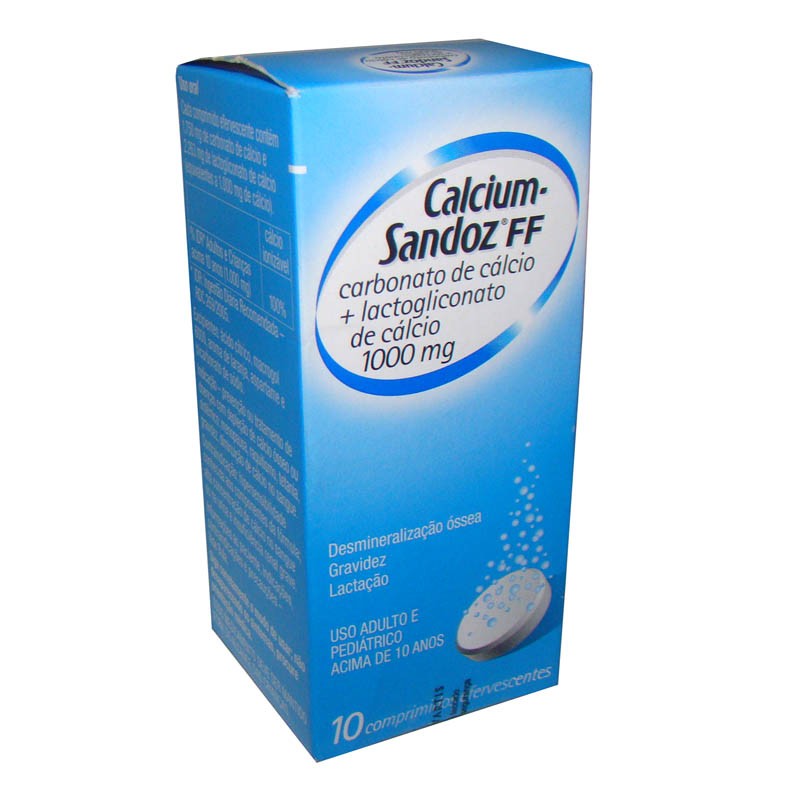
They are divided according to the place of their localization.So, for example, alveolar stones, which appear in the alveoli, and bronchial ones are isolated. Alveolar stones are rare. They develop from the smallest deposits of triphosphates and calcium carbonate – they begin to completely fill the entire space. After the process spreads to most of the alveoli, stones are collected mainly in the middle and main lobe of the lung. As a result of this blockage, there is a problem with gas formation in the lungs and problems with capillaries are noted. Often, the problem develops due to a genetic predisposition, while it is more common in women than in men.It does not give special symptoms, but is revealed on an x-ray – small, poppy-sized, seals are visible in the lung.
Broncholithiasis is now becoming more common. In connection with the development of research methods and the emergence of new types of equipment, it has become more common to diagnose such a problem. Often, stones are formed after a previous tuberculosis, this can also be the result of soaking the mucus of the bronchi, mucous membrane, fragments of cartilage, etc.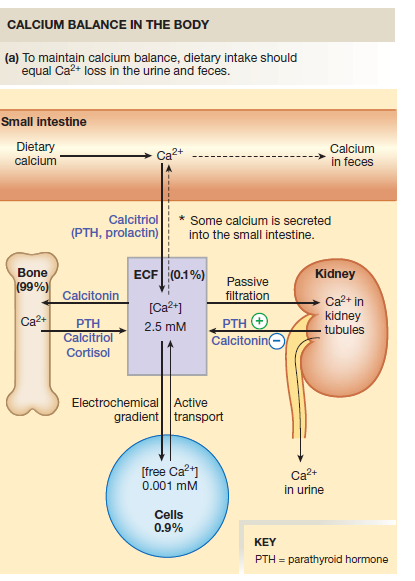 with carbon dioxide and phosphoric lime.e. They can be the basis of stone formation and fungi. Cases have been recorded when particles of sand, dust or coal, which previously entered the trachea during inhalation, become the core of the stone. Most often, this problem occurs in older people, but there are cases of diagnosing this pathology in young people.
with carbon dioxide and phosphoric lime.e. They can be the basis of stone formation and fungi. Cases have been recorded when particles of sand, dust or coal, which previously entered the trachea during inhalation, become the core of the stone. Most often, this problem occurs in older people, but there are cases of diagnosing this pathology in young people.
You can recognize stones in the bronchi by symptoms such as :
- Dry cough with attacks
- Weakness
- Shortness of breath
- Recurrent increase in body temperature
- Weight loss
- Chest pain
It should be borne in mind that stones in the lungs can cause serious complications, such as bleeding, tissue overgrowth with subsequent narrowing of the lumen, pulmonitis, abscesses, etc.e. If there are stones in the lungs, treatment should be carried out under strict medical supervision and only according to the recommendations prescribed by a specialist.
Problem in the nose
Rhinoliths are another type of stones that few people know about. These are formations that usually appear in the nose. Foreign bodies are inorganic elements. Most often they are formed from salts that fall out of the secretions of the nasal mucosa and lacrimal glands.
Different elements can act as a kernel: cherry pits, seeds, pine nuts, grains, legumes, etc.e. The organic core can dissolve over time, and then a cavity forms inside the stone. A stone can also form around a blood clot in the nose, as well as other soft tissues.
Curvature of the septum, enlargement of shells and other defects can act as provoking factors for the development of stones. They cause narrowing of the nasal cavity and lead to a delay in the secretion of the mucous membrane. Also, irritation of the mucous gland leads to the appearance of stones, for example, with smoke. As a result, inflammation develops, which becomes the cause of the appearance of fossils. Most often, stones are located in the lower part of the nasal passage, less often – between the middle shell and the septum. The stone in the nose can persist for quite a long time – there are cases when its age was 23 years old.
Most often, stones are located in the lower part of the nasal passage, less often – between the middle shell and the septum. The stone in the nose can persist for quite a long time – there are cases when its age was 23 years old.
Patient complaints are usually fairly standard – shortness of breath and nasal discharge of mucus. Often they are of a mucopurulent nature.
Stones of the salivary glands
Stones in the salivary gland are also called sialolithiasis. They are mineral formations that block the salivary ducts.This pathology occurs in 1% of people in the age group from 20 to 45 years. Small stones of the ducts of the salivary glands are often washed out with saliva. However, large elements may well cover the entire duct. Their size can be from several millimeters to several centimeters, in shape they are either rounded or oblong. The stone in the duct of the salivary gland is usually yellow, has an uneven surface and differs in different density.
The formation of stones in the salivary glands can occur for various reasons.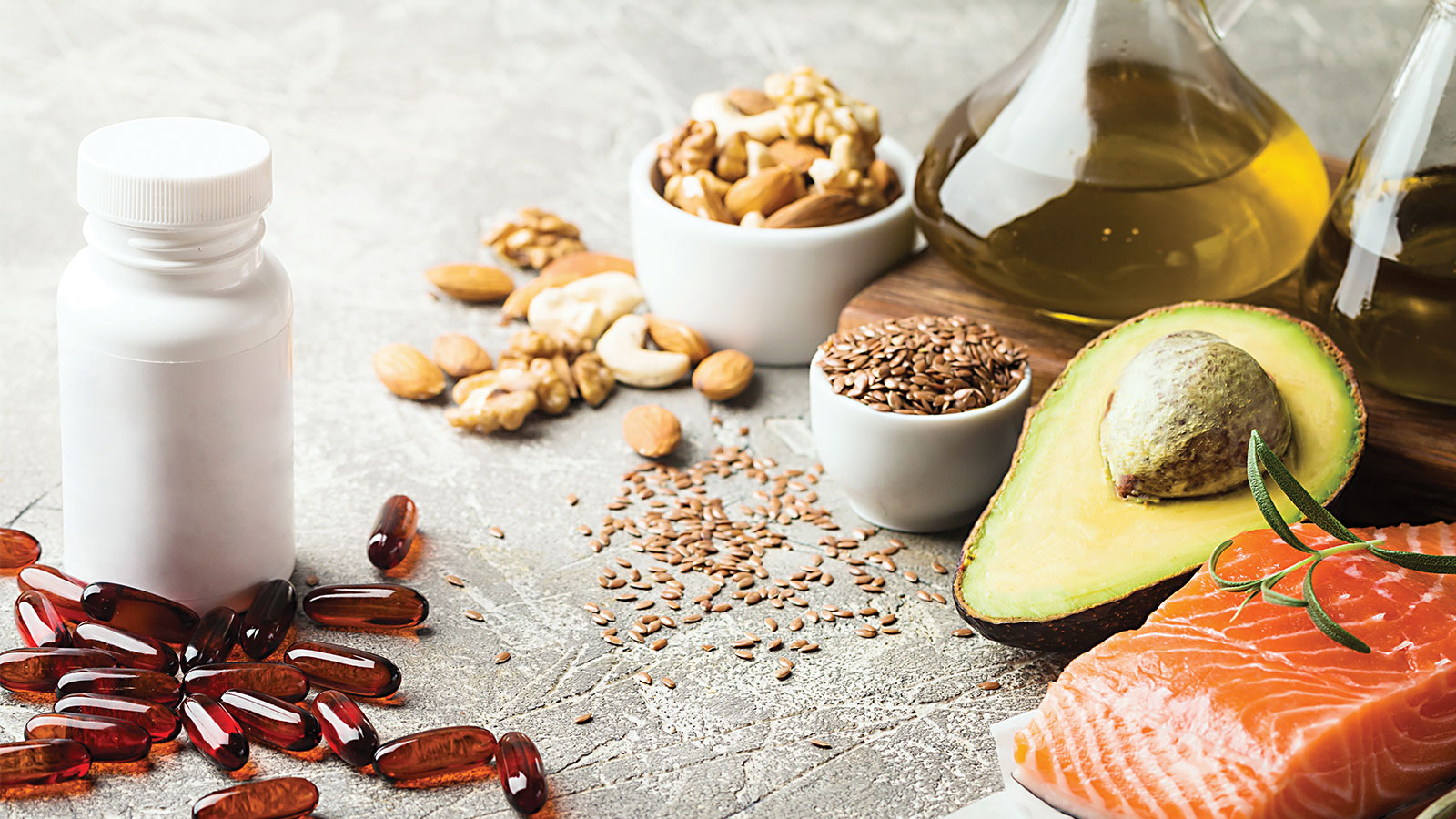 For example, a violation of calcium metabolism and a lack of vitamin A have a certain effect on this process. In addition, people who have urolithiasis, hyperparathyroidism, vitamin D hypervitaminosis, and diabetes mellitus are at risk. Those who smoke and take antihistamines, diuretics and psychotropic drugs are at risk of getting a similar problem.
For example, a violation of calcium metabolism and a lack of vitamin A have a certain effect on this process. In addition, people who have urolithiasis, hyperparathyroidism, vitamin D hypervitaminosis, and diabetes mellitus are at risk. Those who smoke and take antihistamines, diuretics and psychotropic drugs are at risk of getting a similar problem.
Also among the reasons can be called anomalies of the ducts of the glands – wall defects, narrowing of ectasia, etc. It should be borne in mind that stones are always accompanied by inflammation, which leads to problems with the gland.In their composition, such stones are very similar to dental stones.
Obvious symptoms are observed when the stone becomes large and begins to block the lumen of the canal. In this case, the person has a feeling of fullness and swelling, which will be especially noticeable during the meal. There is also an unpleasant taste in the mouth. Quite a typical situation for stones in the gland is “salivary colic” – the so-called attack of pain, which is associated with an increase in the size of the duct of the gland. If stones in the submandibular salivary gland begin to block the duct, pain when swallowing develops, which is given to the ear. In addition, the temperature rises, malaise and headache appear. With complications, abscesses and phlegmon open.
If stones in the submandibular salivary gland begin to block the duct, pain when swallowing develops, which is given to the ear. In addition, the temperature rises, malaise and headache appear. With complications, abscesses and phlegmon open.
Eye troubles
Stones can even form … in the eyes of a person. As a rule, they are localized in the iris and in the area of the eyelashes. The cause is the inflammatory process. Cellular enzymes can settle on the back surface, as well as dead tissue and purulent discharge.It is from this that the fossils appear, which differ in gray and white. There can be several such stones, while they are located in the shape of a triangle. As a rule, no special treatment is required, because can resolve themselves over time.
See also:
90,000 Deficiency of calcium and vitamin D3 in the body of women, men and children: signs and symptoms of deficiency
Contents
We all know that for the prevention of fractures and osteoporosis, all women (especially over 45 years old) need calcium.
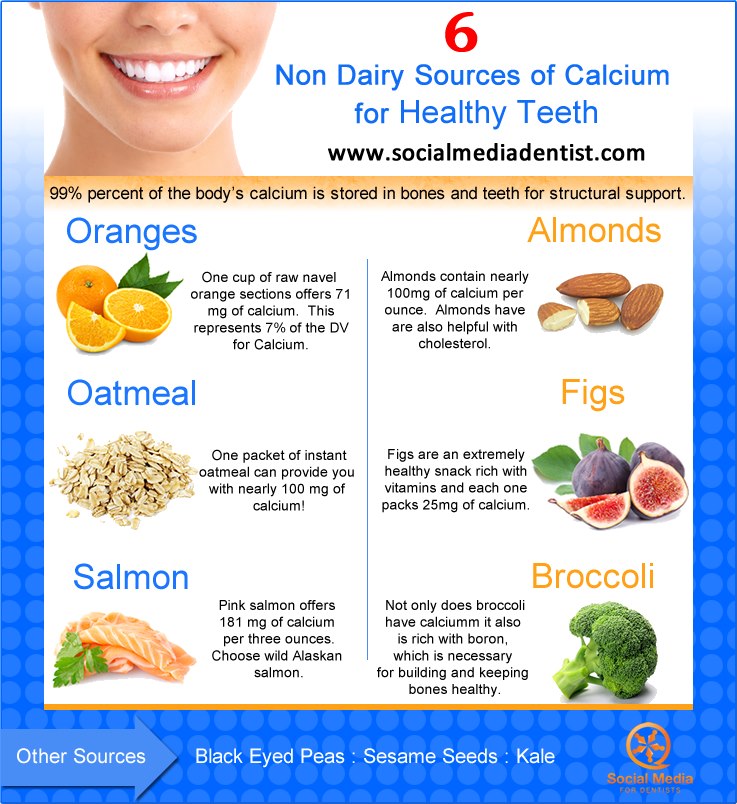 Many people take calcium and vitamin D3 preparations to strengthen bones, which contributes to its better absorption.
Many people take calcium and vitamin D3 preparations to strengthen bones, which contributes to its better absorption.
However, few people know that calcium and vitamin D3 alone are not enough for bone health in adults. Osteotropic minerals play an important role in complete bone mineralization.
An independent clinical study has shown that calcium supplementation is more effective when combined with certain minerals such as copper, magnesium, zinc, manganese and boron. 1
Why? To understand this, let’s look at the structure of bone tissue.
Our bones, in addition to calcium, are 22 percent composed of collagen matrix (in other words, collagen mesh 2 ).
Studies have shown that it is the collagen matrix that is necessary for the incorporation of calcium elements into the bone tissue and its retention in it 3 .
How does this happen?
Collagen is a very strong protein, the basis of human bone tissue. Collagen molecules form special niches, which are the place where calcium crystals are embedded.Groups of collagen molecules create a very strong structure – a fibril. Collagen fibrils are held together by special “cross-links”. This is how collagen fibers are obtained, which form the collagen matrix.
Collagen molecules form special niches, which are the place where calcium crystals are embedded.Groups of collagen molecules create a very strong structure – a fibril. Collagen fibrils are held together by special “cross-links”. This is how collagen fibers are obtained, which form the collagen matrix.
With age, the collagen matrix wears out and bone mineralization becomes more difficult. Lack of calcium and D3 leads to the fact that they simply have nothing to attach to, and calcium is washed out faster. Because of what there is a lack of calcium in the body in women.
To renew the collagen matrix, the body needs special minerals – which are directly involved in the formation of collagen 4 .Unlike other calcium preparations 5 , Calcemin® Advance contains special osteotropic minerals: zinc, magnesium, boron, manganese and copper. It is these minerals that contribute to the formation of the collagen matrix (collagen network), which retains calcium in the bone tissue and does not allow it to be washed out.
What is each of the minerals in Calcemin® Advance used for?
– Copper is involved in the formation of cross-links in collagen.
– Manganese and zinc contribute to the formation of the collagen matrix.
– Magnesium is essential for the restoration of bone structure.
– Boron aids bone cell growth and collagen production.
Thus, Calcemin® Advance helps to stop the leaching of calcium and prevent the lack of vitamin D3, so that the bones remain strong, and if taken promptly, it avoids the manifestation of unwanted symptoms in both adults and children.
90,000 Contact with lime (calcium carbide burn)
Chemical burn is damage to tissues and environments due to exposure to certain chemically active substances.Burns occur due to safety violations when working with chemicals and, as a rule, are work and domestic injuries or accidents. Many chemicals are considered potentially harmful to body tissues, including the eyes. Especially dangerous is an eye burn with calcium carbide – lime.
Alkalis and acids can have the most destructive effect on burns. If this happens, first of all, the affected area is washed thoroughly and for a long time with running water.Then a bandage must be applied to the wound surface. In the event that the substance gets into the eye or stomach, they urgently call an ambulance.
Eye burn
Burns to the eyes are much more dangerous than burns to the skin of the trunk. Eye burns with lime are especially dangerous. Human eyes are a very fragile and sensitive instrument. Therefore, in the event of untimely medical care in case of a chemical burn, a person runs the risk of being disabled for the rest of his life. Since, depending on the situation, you can lose your sight partially or completely.
Blindness is one of the most serious injuries, because it is thanks to sight that people receive most of the information about the outside world, easily navigate in the surrounding space, and have the opportunity to enjoy external aesthetics. Blind people are 2/3 deprived of the charm of life and are in distress due to complete or partial disability.
In case of eye burns with lime, the situation is complicated by the ingress of chemical particles directly into the eye tissues. That is why, it is extremely important to know about the consequences of such injuries and possible measures to provide emergency assistance to the victim.After all, an accident in everyday life and at work can unfortunately happen to every person.
First aid and further treatment
In the event of an eye burn with calcium carbide (lime), immediately:
- For a long time, rinse the eye thoroughly under running running clean water.
- Using tweezers or a damp swab, try to remove the lime fragments left after rinsing from under the eyelids. To do this, the upper eyelid is turned inside out, and the lower one is pulled back and the remaining particles are carefully removed.
As soon as possible, the affected eye should be rinsed with 3% Na2 EDTA solution. This compound is called the disodium salt of ethylenediaminetetraacetic acid. Under its influence, the binding of calcium cations occurs. The chemical complexes formed as a result of this process are rapidly dissolving in water and are easily washed out of tissues during the day.
Any degree of eye burn is a direct indication for hospitalization of the victim in an ophthalmological hospital or a specialized department.If, after washing with a solution of Na2 EDTA, hospitalization is postponed for some reason, it is necessary to continue to instill a solution of disodium salt of ethylenediaminetetraacetic acid, two drops every hour.
Due to the high risk of such injuries, it is necessary to be especially vigilant for people working in professions associated with gas welding and industrial synthesis. Indeed, with unjustified frivolity, a person can lose sight completely. Therefore, you should approach the problem with the utmost seriousness.In the event of a burn, it is imperative to rinse the affected eye with water for a long time, thoroughly cleaning it from lime. Subsequent hospitalization is required, because perhaps this is the only chance to preserve vision!
Having applied to the Moscow Eye Clinic, each patient can be sure that some of the best Russian specialists will be responsible for the results of treatment. The high reputation of the clinic and thousands of grateful patients will certainly add confidence in the right choice.The most modern equipment for the diagnosis and treatment of eye diseases and an individual approach to the problems of each patient are a guarantee of high treatment results in the Moscow Eye Clinic. We diagnose and treat children over 4 years old and adults.
To clarify the cost of a particular procedure, to make an appointment at the “Moscow Eye Clinic”, you can call in Moscow 8 (499) 322-36-36 (daily from 9:00 to 21:00) or using the ONLINE RECORDING FORM.
90,000 Choosing vitamins for the eyes.Ophthalmologist recommendations
Choosing vitamins for the eyes. Ophthalmologist recommendations
Our eyes, like any other organ, are susceptible to various diseases, injuries, fatigue and, of course, elementary aging. To slow down or prevent these phenomena, there are vitamins for the eyes. Who should take them and how? Which is better to choose: eye vitamins tablets or vitaminized eye drops ?
First of all, it must be said that no matter what problems you have, the first thing to do is to consult a doctor.After all, even a mild, from your point of view, disorder can serve as a symptom of an illness, and it is not necessarily about eye diseases. Do not postpone a visit to the doctor if you already have a diagnosis of diabetes mellitus, varicose veins, glaucoma or cataracts. It is also recommended to consult with a specialist about vitamins for the eyes for those who suffer from myopia or farsightedness, allergies and everyone whose age is already approaching forty years.
Now vitamins for the eyes can be found in the form of capsules or tablets, injections and, of course, vitamin drops for the eyes.
What to choose?
Experts believe that if you really want to improve your vision or take preventive measures, then it is best to take a comprehensive approach to treatment. That is, you will need capsules and eye drops with vitamins, and even an addition to the daily diet of foods containing vitamins necessary for vision.
The most important vitamins for the eyes are A, C, vitamins B, E, calcium and zinc .
Vitamin A is essential for the health of the retina.It is found in orange vegetables and fruits. The richest source of this vitamin for the eyes is considered to be apricot, a lot of it is found in avocados and bell peppers (orange). Carrots and blueberries are also good sources. However, do not forget that an excess of vitamin A has a bad effect on the liver, so do not bag carrots in bags – eat them in moderation.
Vitamin C has a beneficial effect on the state of blood vessels. It is mainly obtained from blueberries, rose hips, citrus fruits.In spring, young potatoes will be an excellent source of this vitamin, and sauerkraut will help to replenish the amount in winter.
B vitamins are responsible for the state of nerve cells, which in turn maintain communication between the organs of vision and the cerebral cortex. One of the vitamins of this group – riboflavin – is a very important vitamin for the eyes and is primarily useful for the treatment and prevention of degenerative changes in the cornea. Natural sources of Riboflavin are vegetables, dairy products, mushrooms.
Vitamin E belongs to the group of antioxidants that slow down aging and are responsible for removing harmful substances from the body. Natural sources of this substance are wheat germ and rye. The daily consumption of these products will protect the eyes from swelling, retinal and corneal changes.
Calcium is necessary for strengthening the tissues of the eye and is an indispensable element in case of myopia. Calcium contains milk and cottage cheese, green vegetables, especially white cabbage and lettuce.
Zinc is essential for those at risk of cataract disease. This element is able to prevent painful changes in the organ of vision. Of the foodstuffs, most of all zinc is found in pumpkin, animal liver, fish, and brains.
Another useful substance – lutein – has a unique property to accumulate in the retina, thus creating a protective barrier against various vision disorders and diseases. In terms of characteristics and properties, lutein is similar to beta-carotene and is present in large quantities in peas, lettuce, chicken egg yolk, spinach, bell pepper (red).
Usually all these substances are included in the complex of vitamins for the eyes.
If you notice that your eyes get tired from working on a computer, pay attention to eye vitamins with riboflavin . Also choose drops with vitamins for the eyes with the content of this substance. In case of visual impairment with the onset of darkness, you should pay attention to Vitamin A. In addition to this, you can add eye vitamin drops “Taufon” .
If you suffer from the consequences of an eye injury or burn, you definitely need to undergo a recovery course with the use of vitamin A and riboflavin.After undergoing eye surgery, the complex with vitamin C will help to recover faster.
And in case of myopia and the first signs of hyperopia, vitamins for eyes with blueberries will help to correct the position.
For diseases of the optic nerve or fragility of the blood vessels of the eyes, preparations based on parsley will help. With cataracts, you need vitamins for the eyes with zinc. In this case, also recommended eye drops “Quinax” and “Sankatalin” . According to reviews, these drugs are most effective in inhibiting the growth of cataracts of any etiology.
For the prevention of this disease, again, according to reviews, eye drops with vitamins “Katakhrom”, “Oftan-katakhrom” are best suited.
In case of myopia, it is necessary first of all to take measures to strengthen the blood vessels. Choose an eye complex with vitamin C, calcium and beta-carotene (or lutein). If you are often tormented by allergic conjunctivitis, add vitamin eye drops to the vitamin complex. drugs “Ifiral”, “Hi-Krom” received a lot of good reviews.
In conclusion, it should be reminded that you should not take vitamins and eye drops without consulting a doctor. You also need to know that taking vitamins should not be constant. So, capsules and eye drops with vitamins should be taken in courses with breaks: 3 months of admission – 1 month break.
Another important point. Even if you have heard good reviews about vitamins for the eyes from your friends and loved ones, you should not prescribe them to yourself without permission. Only a doctor can determine the correct treatment.
And of course, do not neglect healthy foods – rich sources of vitamins for the eyes . It has been proven by doctors that the use of these products really has a positive effect on eye health and may even improve your performance at the next test of visual acuity by a couple of lines.
Based on materials from justlady.ru
Author: Alexandra Panyutina
90,000 How to choose the “right” calcium?
20 November 2018
How to choose the “right” calcium?
What do we know about calcium? Of course, first of all, it is responsible for strong bones and healthy teeth, because 99% of calcium is found in these organs.But the role of the remaining 1% is no less significant. Calcium regulates the work of the cardiovascular and nervous systems, muscle contraction and blood clotting. But this is not all the functions of the macronutrient.
Demand, sources, consequences of deficit
At certain periods of life, the need for calcium increases: in childhood, when the body is growing rapidly, during pregnancy and lactation, in old age, with significant physical exertion.That is, throughout life, it is necessary to ensure that the body receives the required amount of this mineral.
Calcium deficiency is not limited to osteoporosis and fractures. Symptoms are often nonspecific: fatigue and weakness, muscle pain, dry skin, numbness in the fingers. Lack of calcium causes serious “breakdowns” in the body, they develop imperceptibly, and it happens that when symptoms appear, the problem is already irreversible.
The main sources of calcium are dairy products.We all do not take calcium from food, because in order to provide ourselves with a daily dose, you need to drink 1 liter of milk every day or eat 1 kg of sour cream. Calcium is also found in plant foods, but in a form that allows only 10–20% of the macronutrient to be absorbed. Calcium deficiency is promoted by vitamin D deficiency, an excess of fast carbohydrates in the diet, diseases of the digestive tract, and taking certain medications.
What affects calcium absorption
Regardless of whether we are talking about food or calcium-containing preparations, a number of factors affect the bioavailability (absorption) of calcium:
·
Acidity of gastric juice.After 25–30 years, acidity begins to decrease, so calcium is absorbed worse.
Vitamin D. If there is not enough “sunshine vitamin”, calcium cannot be fully absorbed in the intestines. It is vitamin D that is the main regulator of phosphorus-calcium metabolism and retains calcium in the bones.
Vitamin K2. The discovery of its role in calcium metabolism happened recently. It has been found that it regulates the interaction of calcium and vitamin D, retains calcium in the bones and prevents it from settling on the walls of blood vessels.
The balance of calcium and magnesium. The optimal ratio of calcium and magnesium is 2: 1. Both a deficiency and an excess of magnesium are equally bad. We rarely encounter an excess, but a lack of magnesium in the body is a frequent occurrence.
Dose and time of administration. For one use, about 400 mg of calcium can be absorbed, so it is better to divide the daily dose into 2-3 doses. The best time for assimilation is the afternoon.
Different forms – different assimilation
The presence of calcium in the preparation is not a guarantee of successful prevention or treatment. The key point is the form of calcium.
Calcium gluconate. An obsolete and ineffective form of calcium. Under the most favorable conditions, calcium absorption is about 20%. The fact that it will take up to 20 tablets per day deserves special mention.
Calcium carbonate. The most common, but not the best, form of calcium in medications. The bioavailability of calcium is at the level of 20-30%, but only with normal or increased acidity of gastric juice. If the acidity is low or you are using means to reduce it, the use of this form is useless, because the absorption of calcium will not exceed 3%.
Calcium citrate. Absorbed 2-3 times more completely than calcium carbonate. A very important point: absorption does not depend on the acidity of the gastric juice.In addition, this form is considered preferable for people at risk of kidney stones.
Calcium hydroxyapatite. The biochemically closest form to the body, in this form the macronutrient is present in bone tissue. Contains both calcium and phosphorus. In the manufacture of preparations, bones of cattle are used. Such calcium is well absorbed by the body, and its bioavailability is higher than that of citrate.
Chelated calcium (compounds with amino acids). The essence of the chelated form is that the calcium ion is held, like claws, by several amino acids. Thanks to this form, calcium is well absorbed and transported to tissues. Chelated calcium does not require additional chemical transformations, does not interfere with the assimilation of other macro- and microelements. The most common form is calcium glycinate (a compound with the amino acid glycine).
Simple prevention formula = effective form of calcium + “support group” (magnesium, vitamins D and K2).
characteristics and magical properties of a stone suitable for a zodiac sign
Hawkeye stone is the rarest representative of silicon oxide of the eye quartz group and a valuable ornamental mineral. In another way, it is also sometimes called the hawk’s eye. It is especially appreciated in India, where it is considered a symbol of the god Brahma, who created the entire visible world. For Indians, this mineral symbolizes his all-seeing eye, observing what he created, and collecting information about everything that happens in the Universe.At the same time, the hawk eye stands guard over the world order created by Brahma, vigilantly observing that its laws are not violated. Therefore, the Hindus consider this stone a talisman and give it to loved ones to protect them from enemies and troubles.
Description of the mineral
Falcon stone is a translucent dark quartz with blue and green overflow. If it is cut in the form of a cabochon, then a bright stripe will appear in the center of the jewelry, resembling the pupil of a bird of prey.Hawk’s eye was originally discovered in South Africa, and at the same time as a similar specimen, called tiger’s eye. Both turned out to be varieties of silicified crocidolite, an asbestos variant of the mineral rybeckite from the amphibole group, only the falcon stone retained its bluish color unchanged, while the tiger’s eye changed it to golden brown as a result of oxidation. Nevertheless, the overflow of light, which distinguishes these ocelli stones, is caused in both by the same arrangement of the amphibole.
Typical impurities in these minerals are manganese, aluminum, calcium and titanium. The crystalline variety in which ferrous ions are replaced by magnesium atoms is known as blue asbestos or magnesioribekite. In Russia, fibrous aggregates of crocidolite and blue asbestos are found in the southern Urals near the Cherry Mountains.
Hawkeye is strong enough: its hardness on the Mohs scale is 5.5. The stone does not dissolve in acids, which makes it more convenient for use in jewelry than, for example, selenite.
Magical characteristics
The magical properties of the hawk eye stone have been known from time immemorial, therefore it was very often worn by magicians and sorcerers as a strong amulet or personal amulet, which was used in their magical rituals. He is still chosen by representatives of this ancient profession, since it is fraught with constant risk and strong energy blows inflicted by sorcerers and witches fighting for clients to each other. There is evidence that the owner of the ring, into which the falcon stone is inserted, will be warned of the possible danger of an unexpected increase in the weight of the ring, which will allow him to prepare for a possible threat.Moreover, if the attacker nevertheless touches the hand of the owner of the amulet, he will receive a strong energy blow.
In addition, the hawk’s eye will add to its owner sobriety, prudence and make him more discerning, which is important when meeting enemies and envious people. By focusing close attention on the magic ball of this mineral, a person will be able to understand how to answer a difficult life question or how to untie a heavy karmic knot.
However, it should be noted that the falcon stone works only in the hands of an active, creative and active person who suits his strong energy.It will not bring any benefit to idlers and sloths, although in the form of a simple decoration the mineral is still very good. The energy characteristic of the stone does not carry any zodiacal affiliation and will suit any strong, courageous and active person. Nevertheless, esotericists recommend wearing it to those people whose zodiac sign is associated with courage, for example, Scorpio, Aries, or a dark color, such as Capricorn.
Healing properties
Thanks to its strong magical energy, the hawk eye increases the human immune system, adds vitality, cements his will and makes him generally healthier.It improves the functioning of internal organs and helps to heal inflammation, including on the skin. Strengthens the nervous system and relieves fatigue. This action is easy to notice if you carefully examine the iridescent stone in your ring for several minutes or examine a ball of mineral. In the same way, yoga practitioners heal visual impairments, as well as relieve tension and stress accumulated during the day.
The stone vibrates at the level of the lower root chakra of Muladhara, located in the coccyx region and associated with the survival instinct.This explains the surge of vitality that the person interacting with him feels. Constant interaction with such a healer can lead not only to improved health, but also to an increase in the cash flow flowing into the house, as well as to the emergence of new interesting professional opportunities in the life of the owner of the hawkeye.
Are glare and flies a cause for concern or natural aging of the eyes?
Flies, spider webs, strings and stars.As soon as patients do not name small opacities of various forms that appear and “run away” from the field of vision. Their cause is the destruction of the vitreous body: opacities appear, which cast a shadow on the retina of the eye. Is this phenomenon dangerous for eyesight, and can it be avoided, says the ophthalmologist of the Riga 1st Hospital Alina Molchane.
The structure of the eye is quite complex. As we remember from biology textbooks, the eye consists of many components – the cornea, lens, retina, sclera (eye protein).The eyeball fills 80% of the vitreous substance with a transparent jelly-like structure, which is located between the lens and the retina. The main tasks of the vitreous substance are to maintain the shape of the eye, minimize the impact of blows on adjacent structures, and also maintain internal pressure on the eyeball, keeping the retina in place. The jelly-like mass is 98% water, 2% glucose, inorganic salts, ascorbic acid, type II collagen and hyaluronic acid.
Floating opacities in the vitreous body appear in everyone at a certain age. But it can also occur at a young age, for example, with head injuries, physical exertion, fluctuations in blood pressure, with the use of anticoagulants or during pregnancy.
Changes can be felt as spots that form convex and circular lines or dots. When the eyes move, the spots move, creating shadows on the retina that look like cobwebs, hairs, flies, etc.They can be seen if you look at something light and monochromatic – on a white sheet, in the sky or at the ceiling.
Floating opacities are divided into two groups: harmless (which do not directly affect the function of vision, but disturb) and pathological opacities (for example, those that cause inflammation, as a result of a foreign body entering the eye or injury). It is important to understand when cloudiness is an integral part of aging and when, if necessary, go to an optometrist to have your eyes checked.
Where do the flies come from?
At 45-50 years old, the jelly mass of the vitreous begins to decrease in volume and, accordingly, the part of liquid substances increases, which a person begins to feel as floating points or spots. If at the age of 14-18 the liquid part of the vitreous body is 20%, then by the age of 80-90 in people more than 90% of the vitreous body is liquid. Due to the early separation of the vitreous body and its posterior detachment, retinal tears and detachment often occur.
With age, detachment of the vitreous body is most often observed, when the hyaloid membrane of the vitreous body detaches from the inner bordering membrane of the retina. In the age group from 54 to 65 years, posterior vitreous detachment occurs in 6% of patients, and in the age group from 65 to 85 years – up to 65% of patients!
The vitreous humor may delaminate partially and completely. With partial detachment, when moving the eye, there is a traction from the fibers of the vitreous body, which the patient subjectively feels as “flashes” and “lightning”.The same sensation in a person arises when he hits the eye – “stars” appear.
When the vitreous mass is detached from the retina, the sensation of “lightning” intermittently can last for several weeks. This is a common occurrence with aging eyes, and there is no cause for concern. Very rarely, lightning is caused by a huge number of new “flies” affecting vision. In this case, a doctor should be consulted immediately to find out if a retinal tear or detachment has occurred.
“Lightning”, which occurs as jagged or wavy lines and lasts from 10 to 20 minutes, can be the result of spasms of the vessels of the head.In these cases, headaches may be observed, or, conversely, headaches may be the harbingers of such “outbreaks”.
Hyperopia and myopia
In nearsighted patients, the vitreous body is thicker, therefore, detachment of the vitreous body occurs ten years earlier than in patients with 100% vision or in the farsighted.
Star and Silver Rain
Sometimes there is such a rare phenomenon in which a person sees many small shiny dots, similar to crystals, like silver or golden rain.This happens when small particles of calcium (it has a white color), phospholipids or yellow crystals of cholesterol float in the vitreous body. “When we look into the eyes of a patient under a microscope, we see how small particles smoothly move and shimmer in the rays of transmitted light, which creates a picture of brilliant rain,” explains the doctor.
By the way, the appearance of cholesterol in the eyes is a sign that its level is increased in the blood as well.
Obligatory examination by an ophthalmologist
“Patients with complaints of floating opacities should be carefully examined to exclude peripheral and macular retinal ruptures.Such problems require treatment, ”explains Alina Molchane.
Patients are examined by different methods, depending on the severity of the detachment. “We examine the fundus of the eye, do a sonographic examination, make sure that there is no retinal detachment. It is very good if, like us, in Riga 1st Hospital, there is an optical coherence tomograph (OCT) in the doctor’s office, ”continues Dr. Molčane.
Laser surgery (laser photocoagulation) is necessary if the doctor has noticed not only destruction of the vitreous body, but also detachment or rupture of the retina.After surgery, the patient should be observed.
Online registration or by calling Riga 1st Hospital 67366323 (Bruninieku Street 5).
